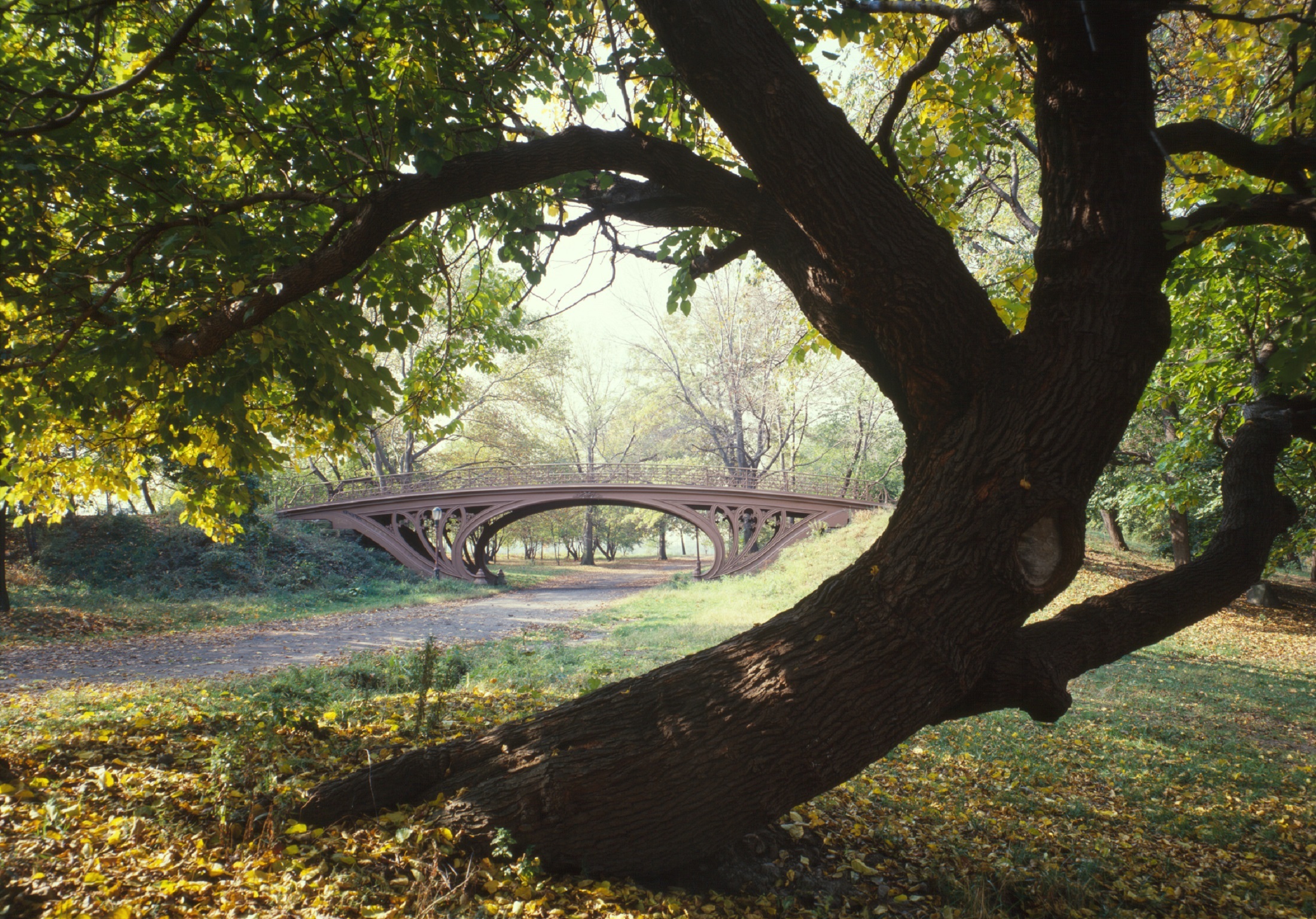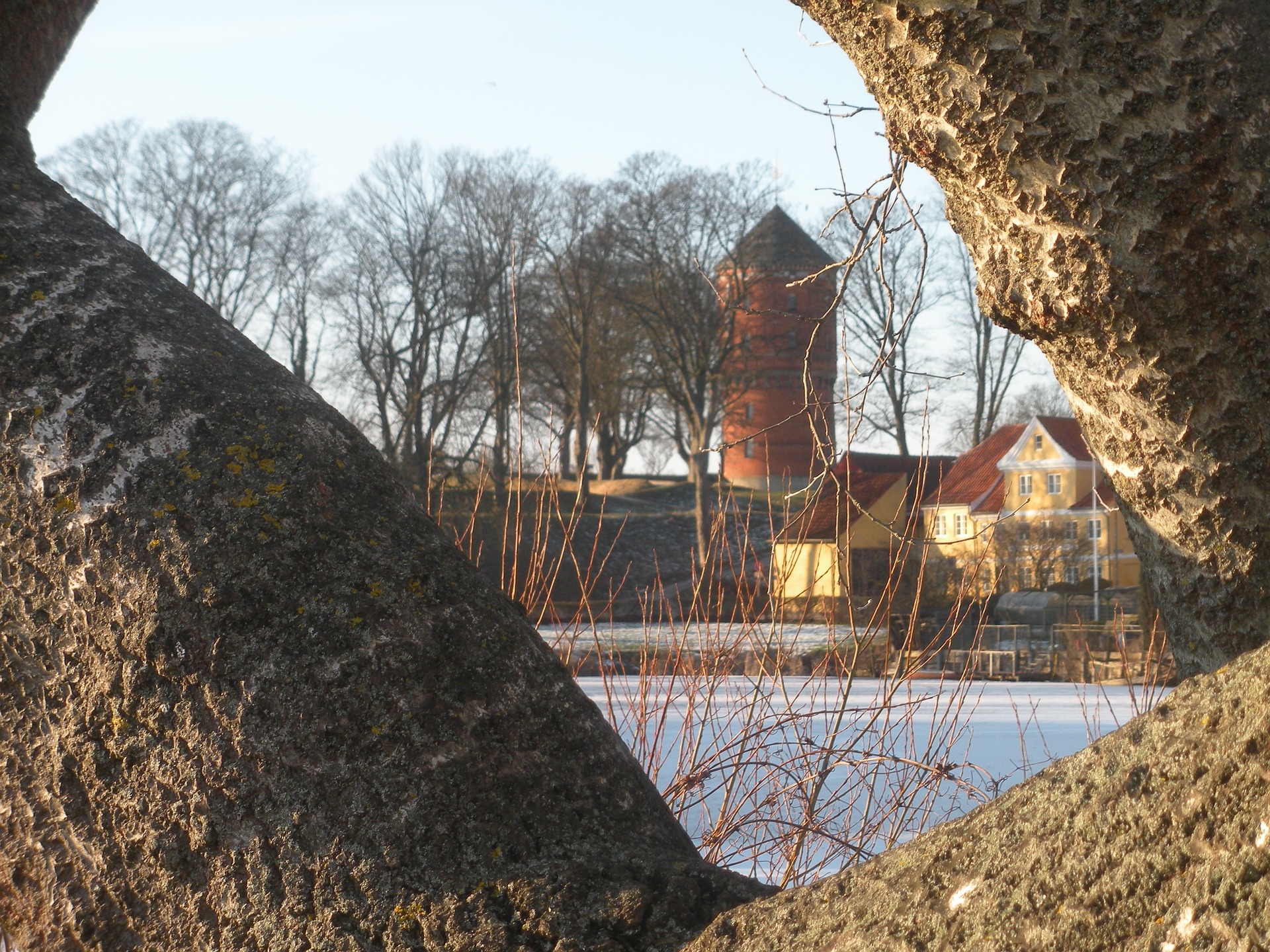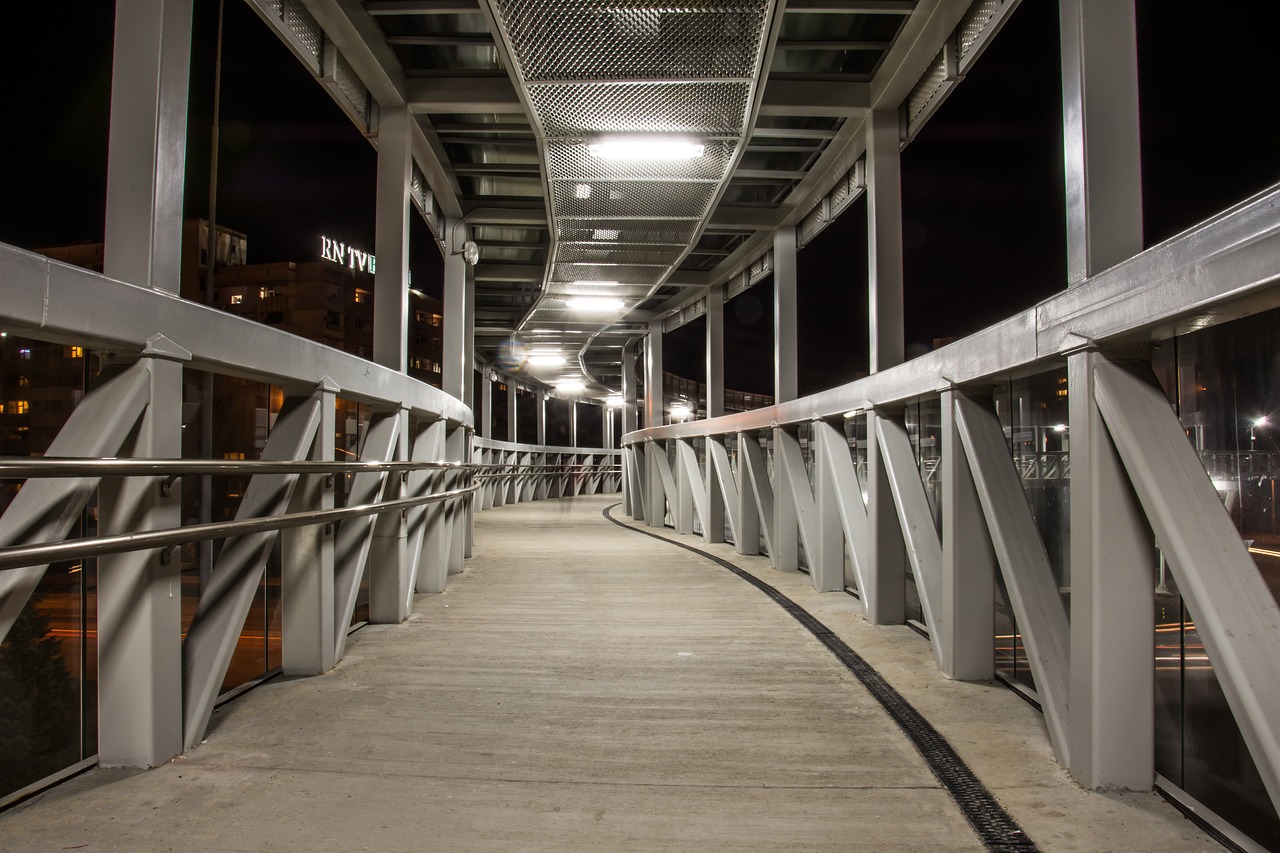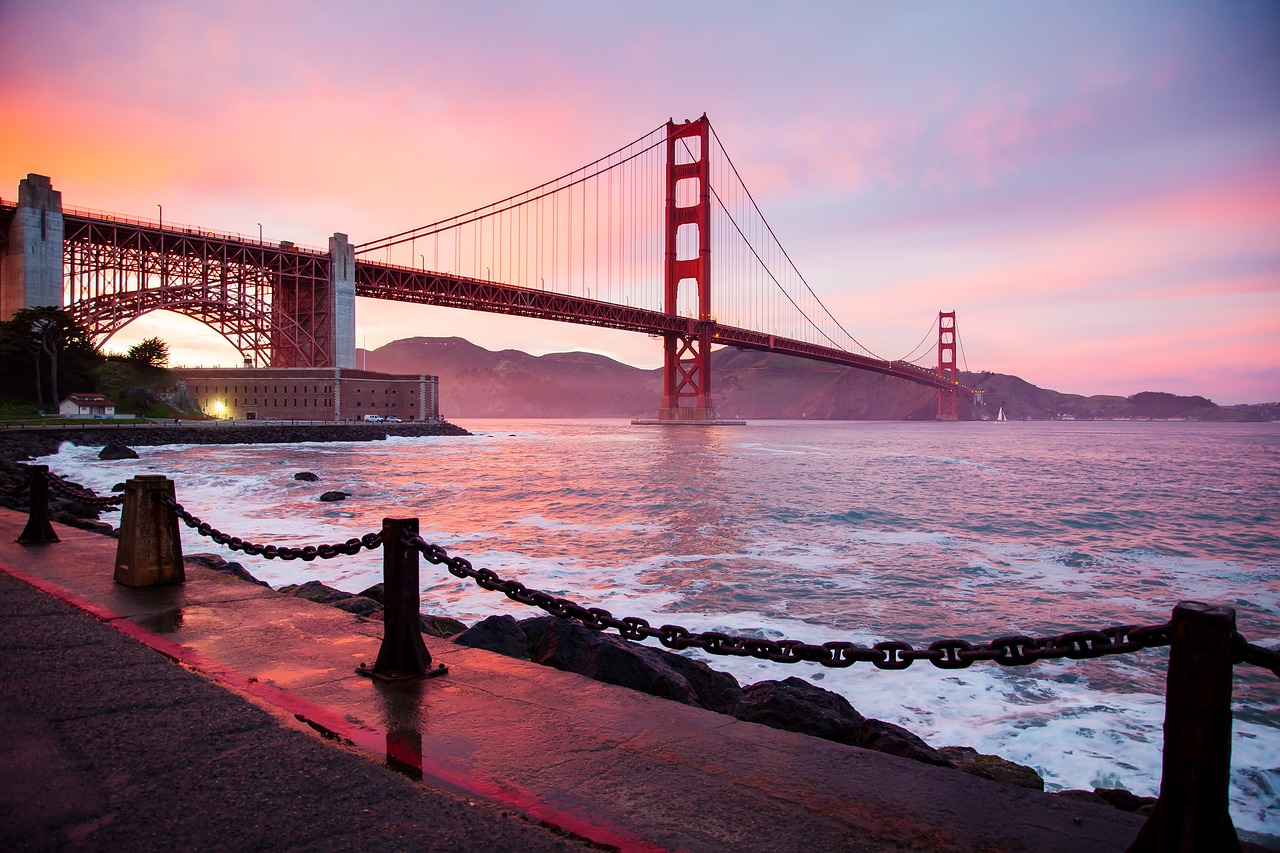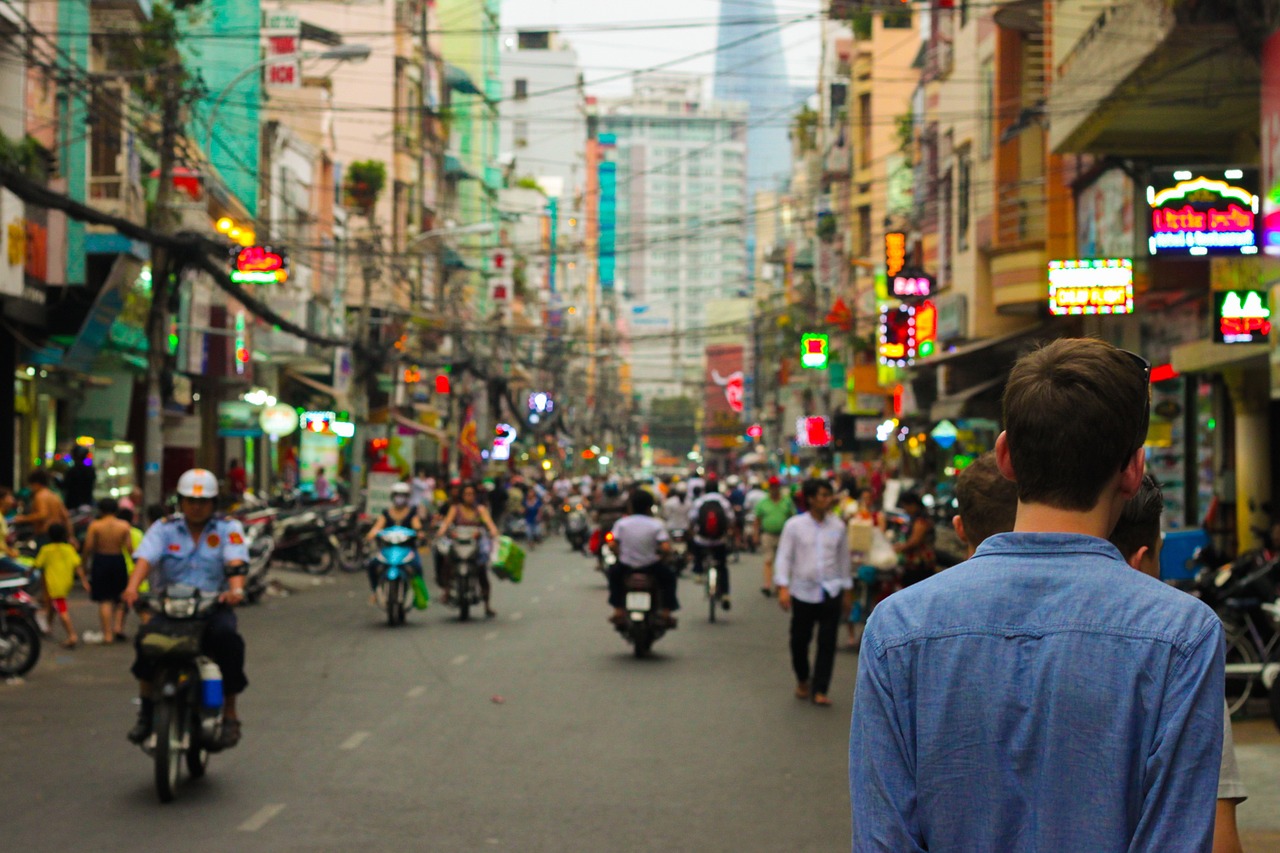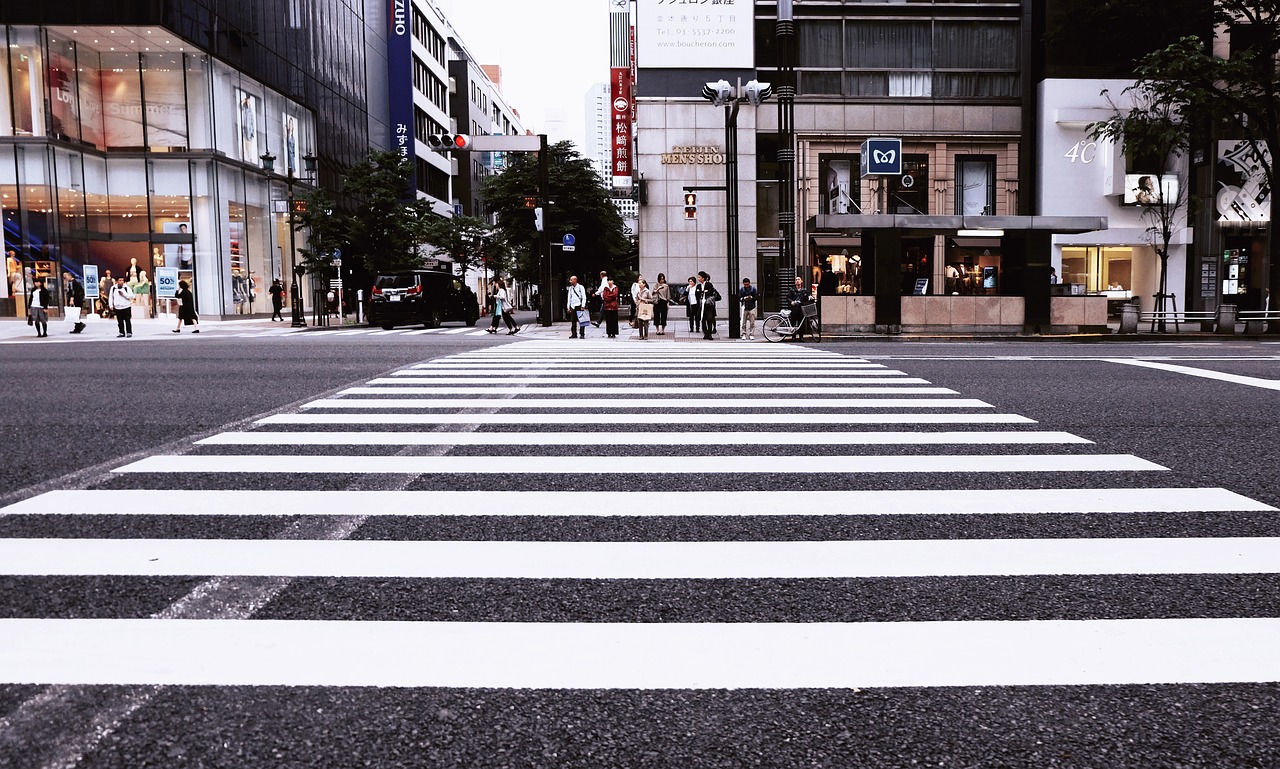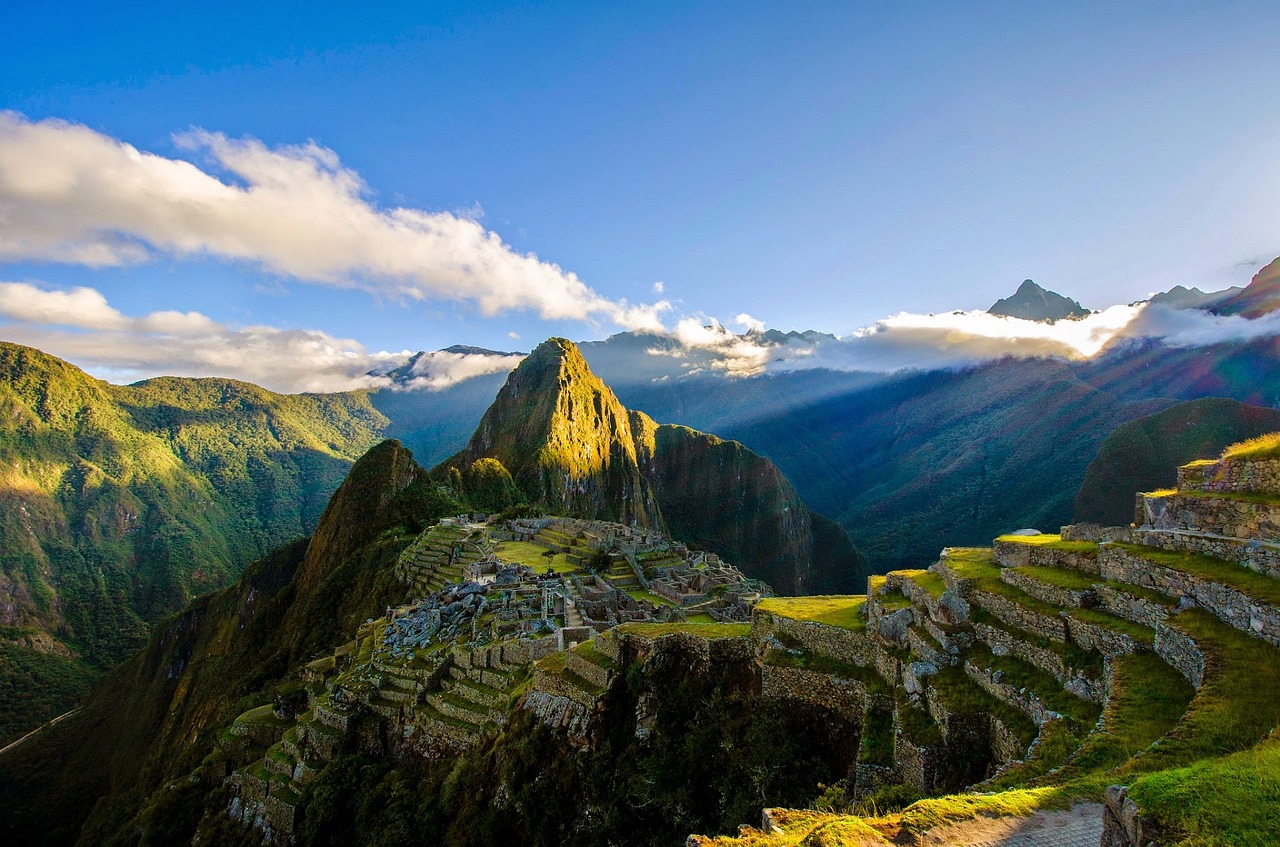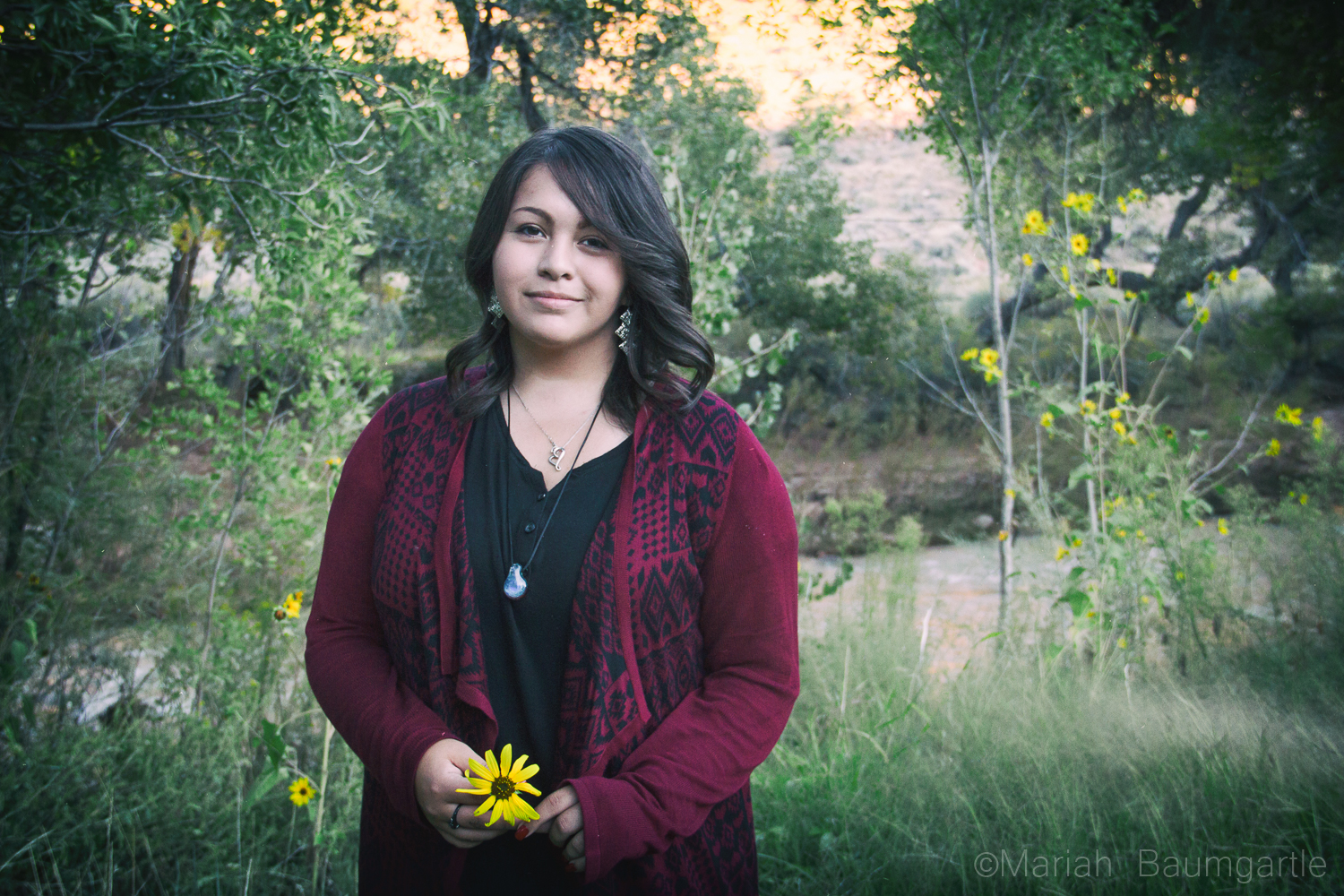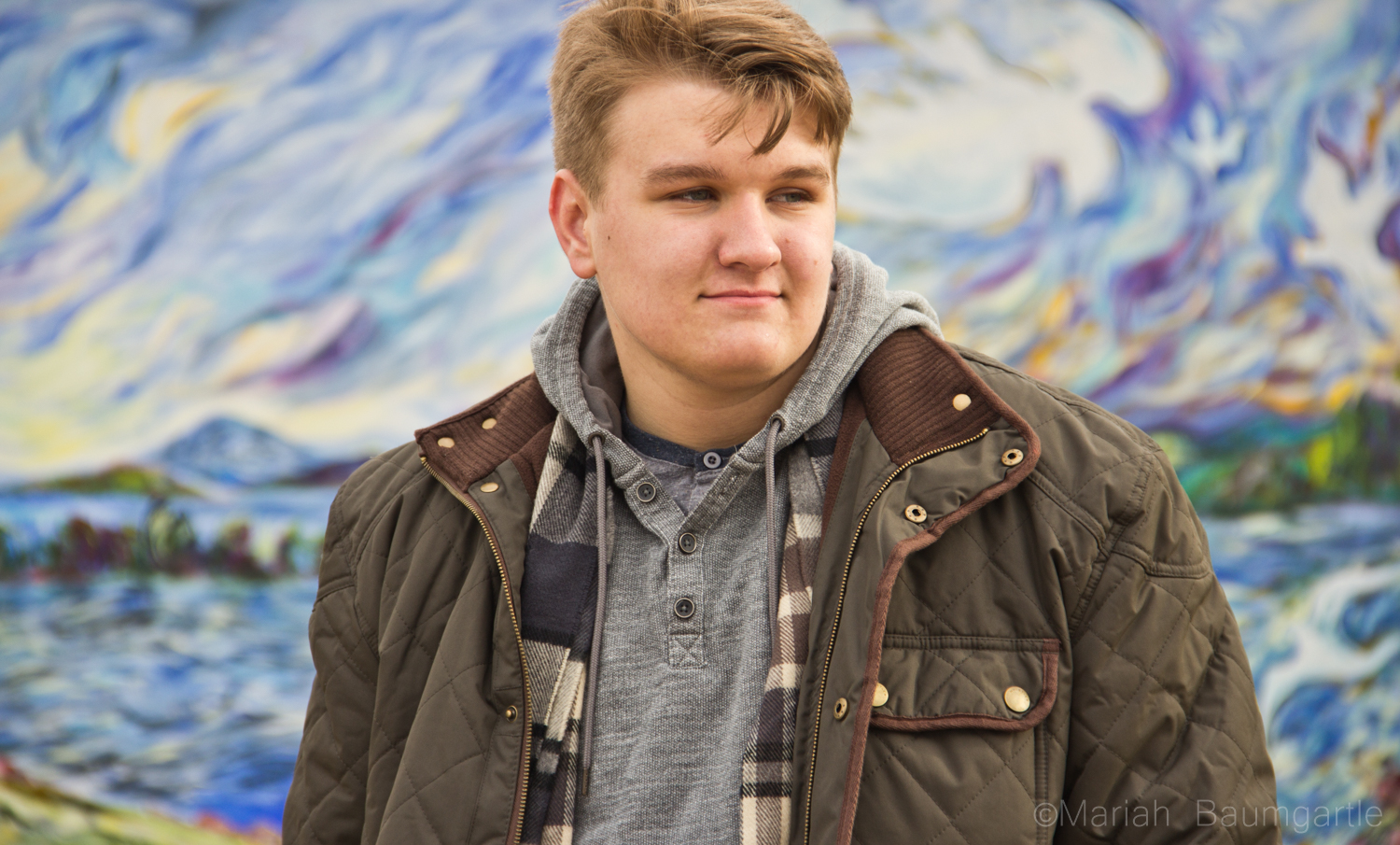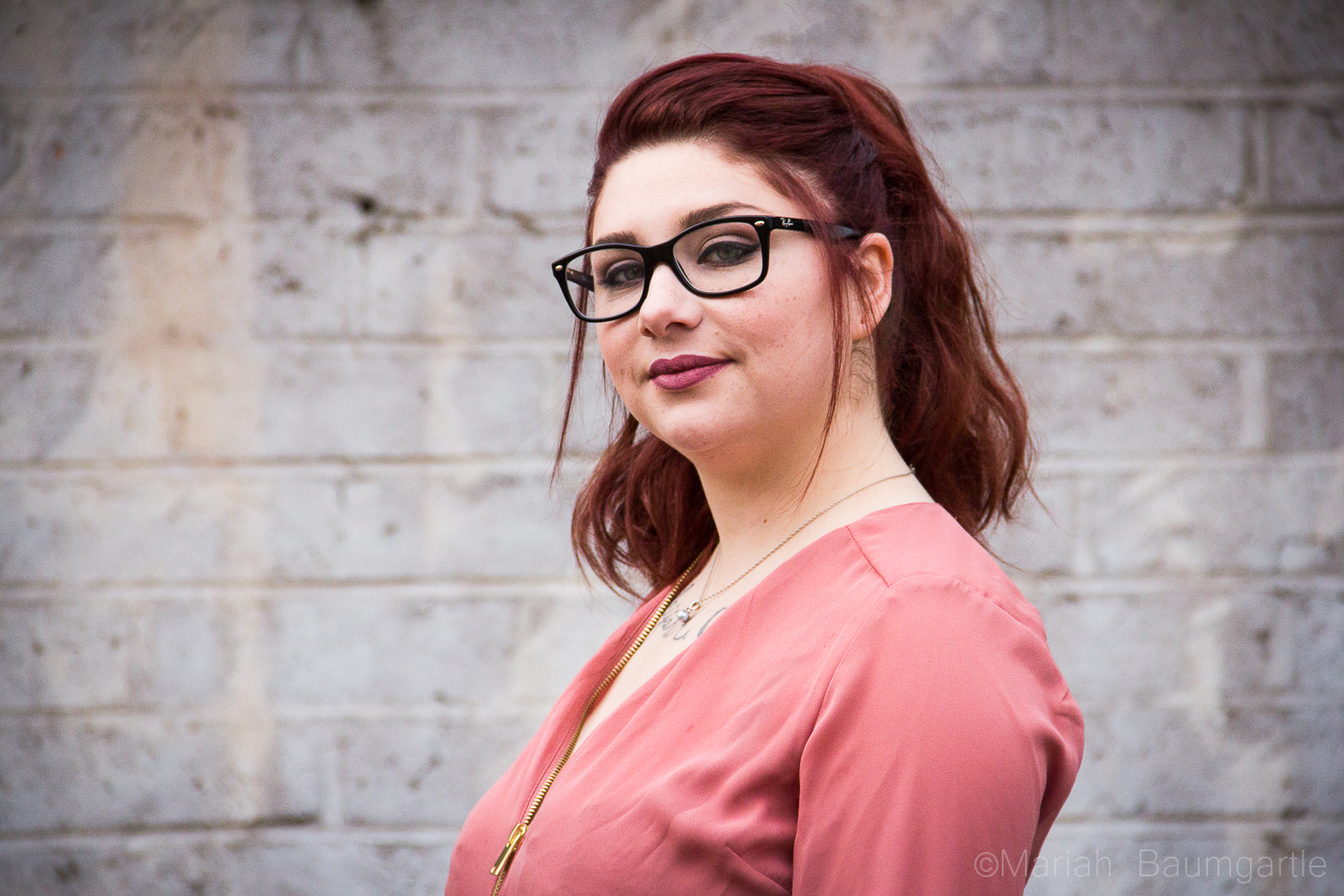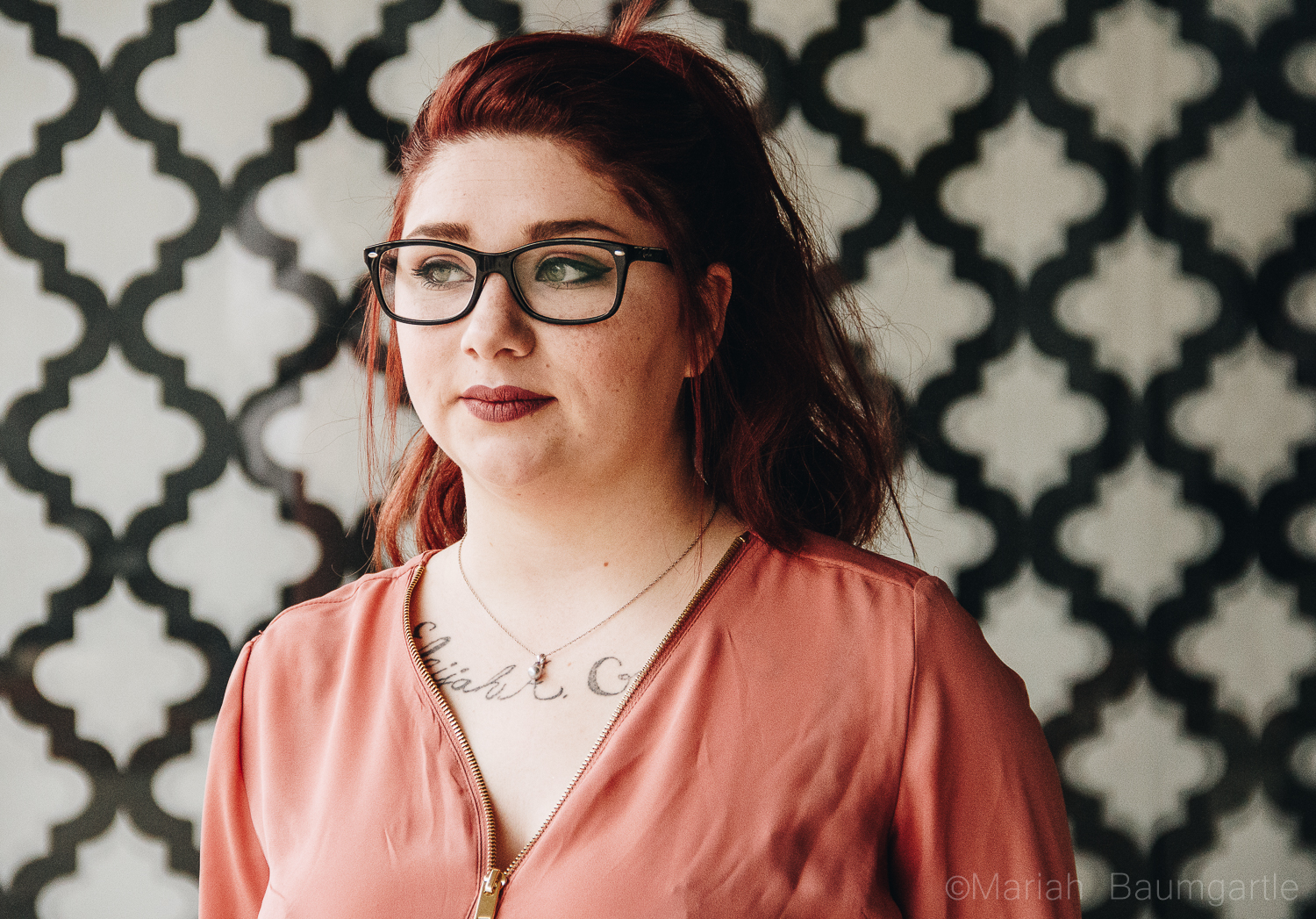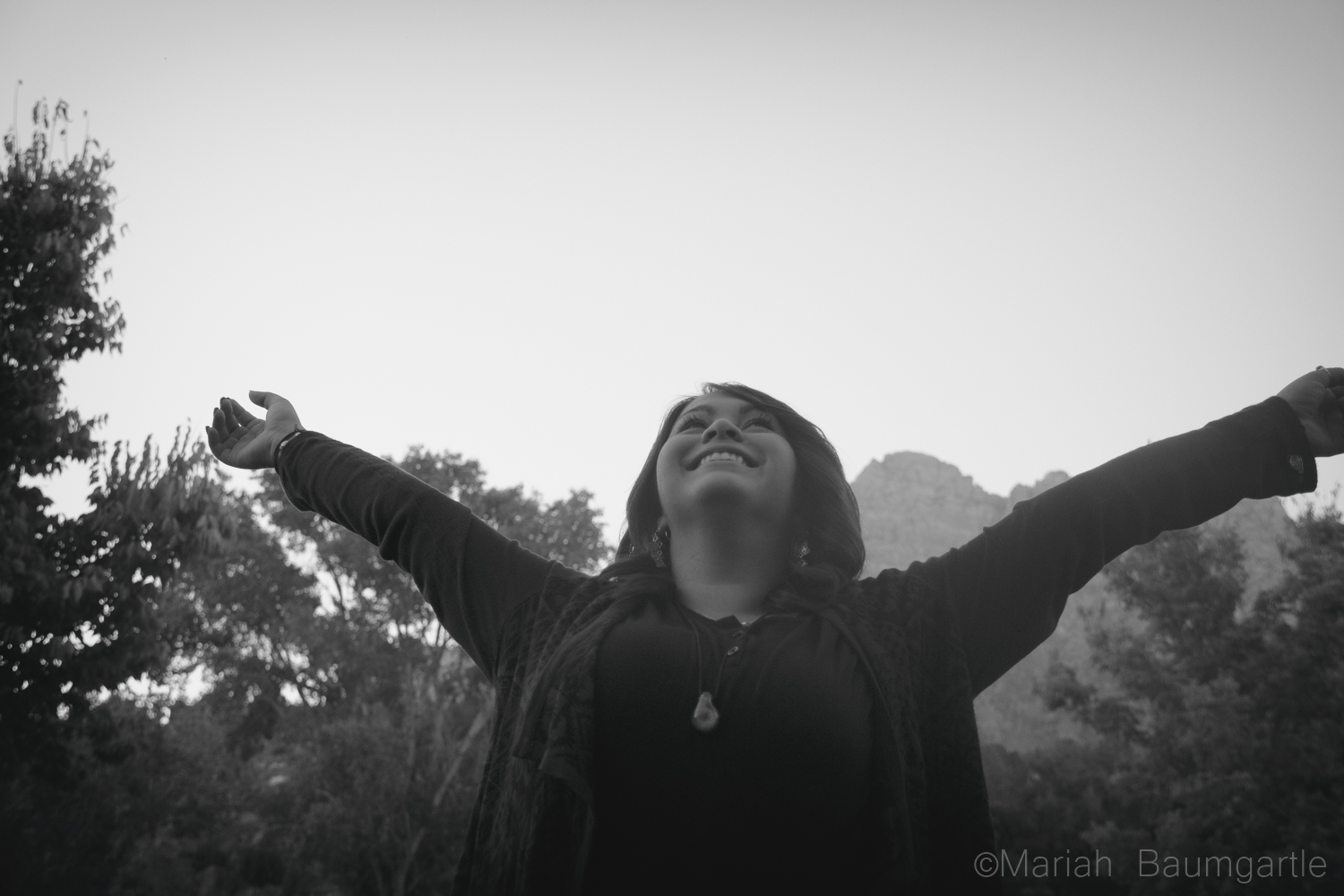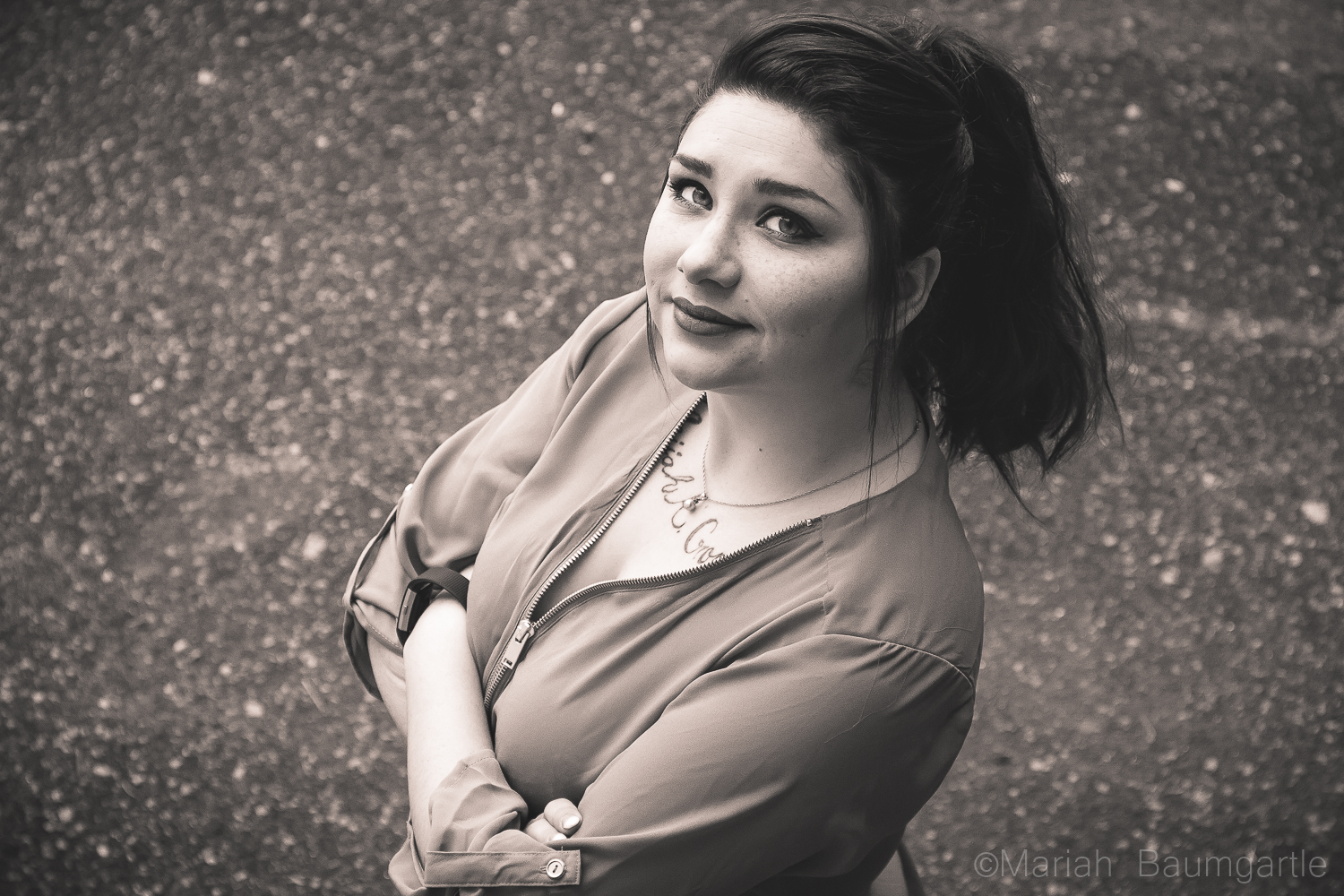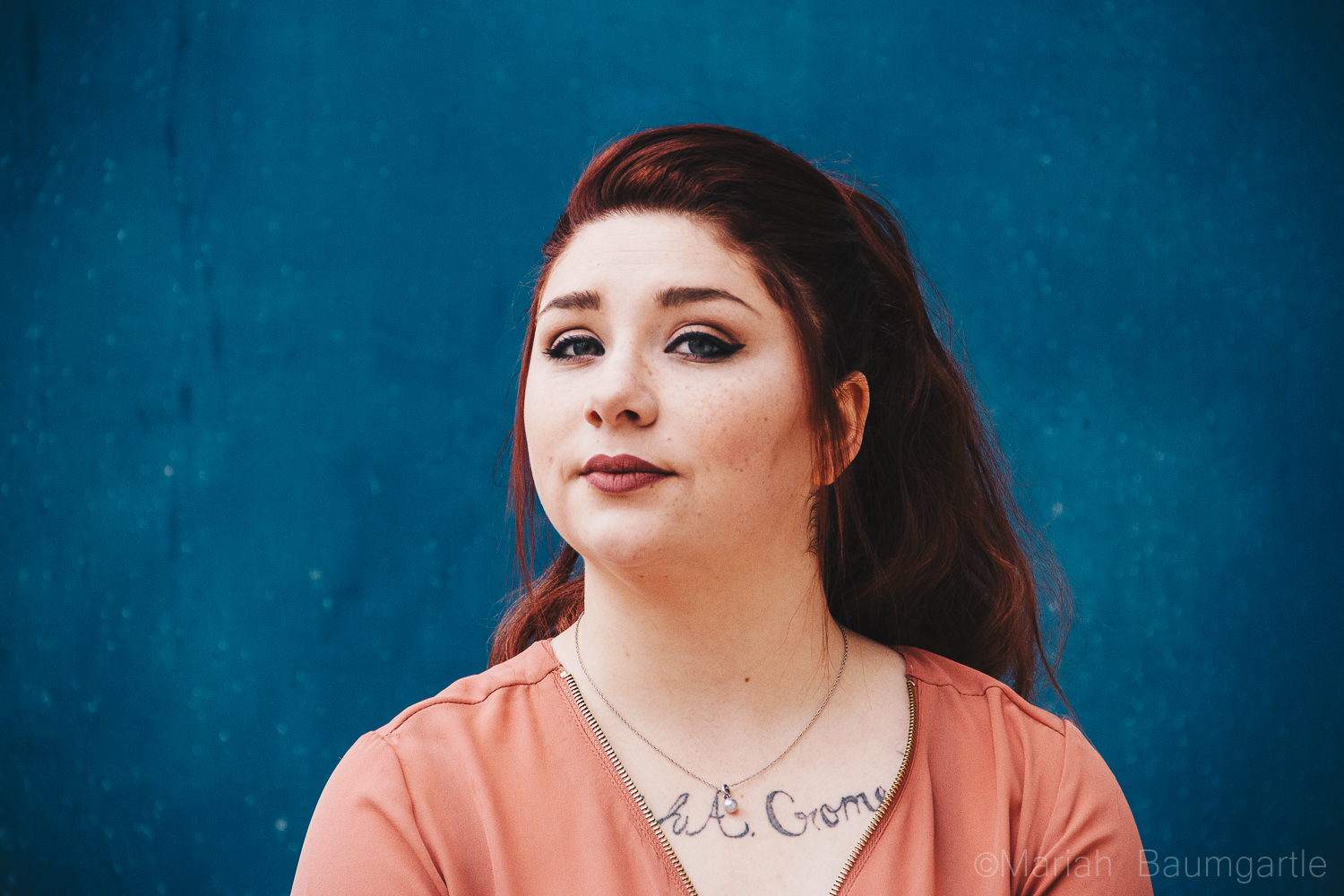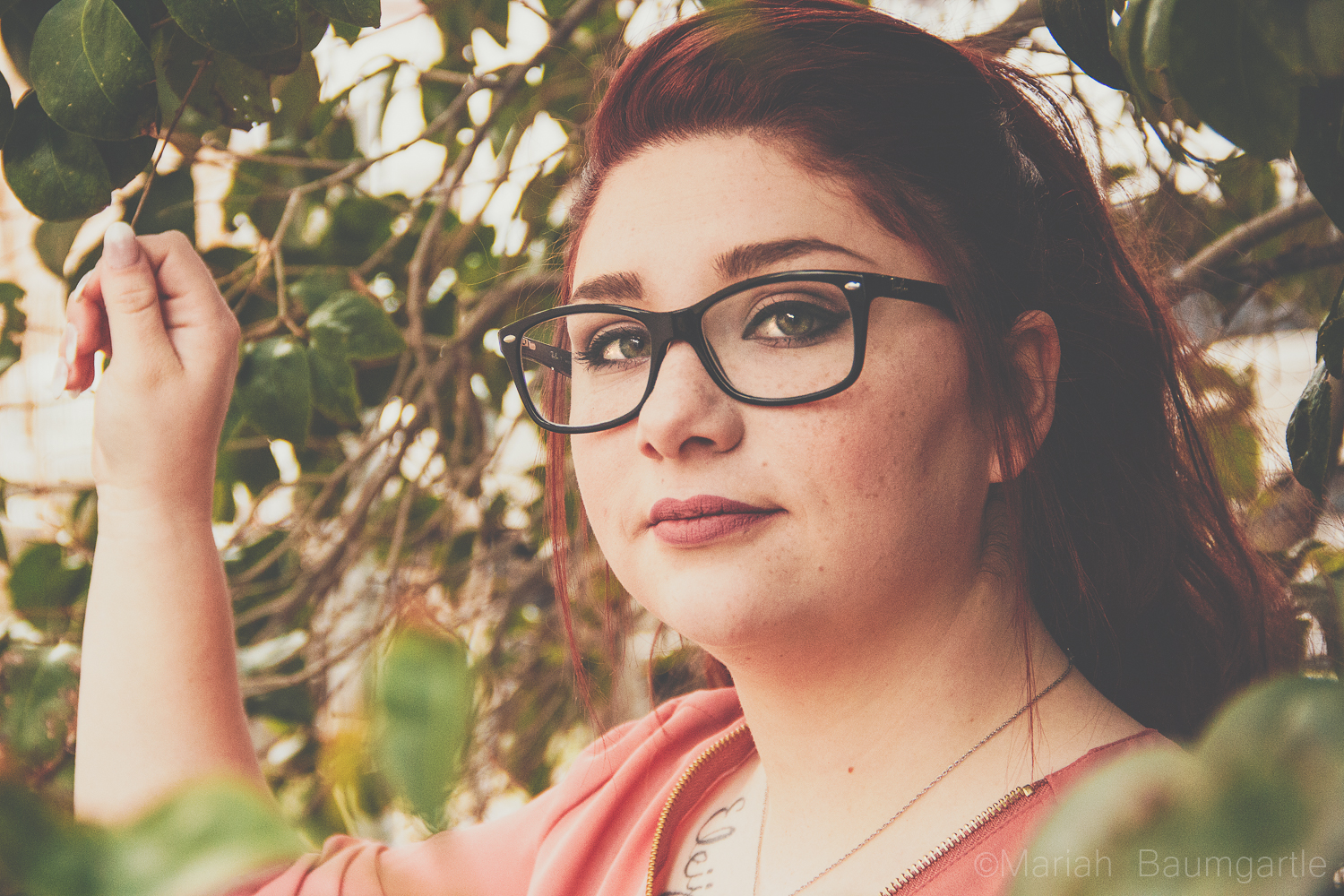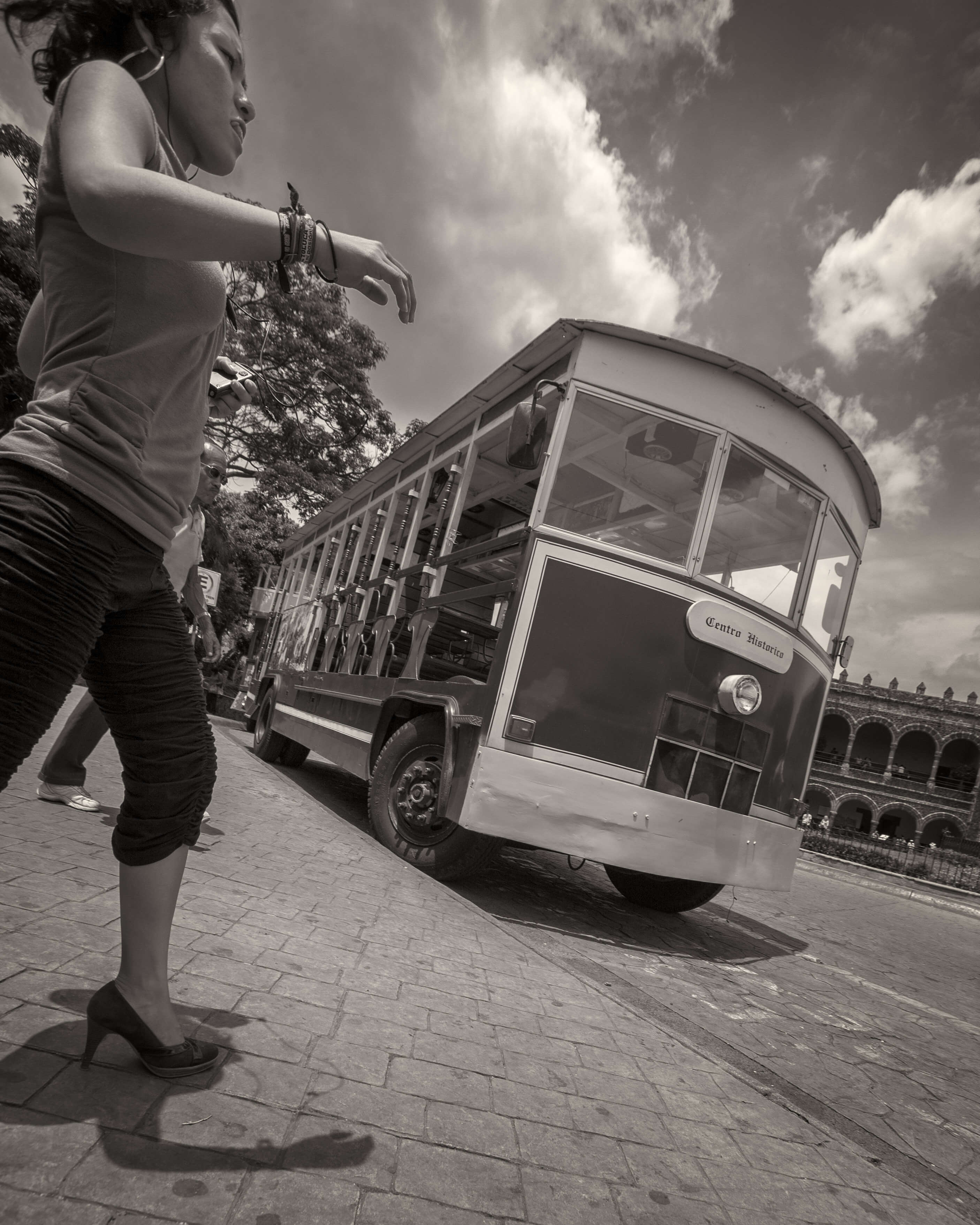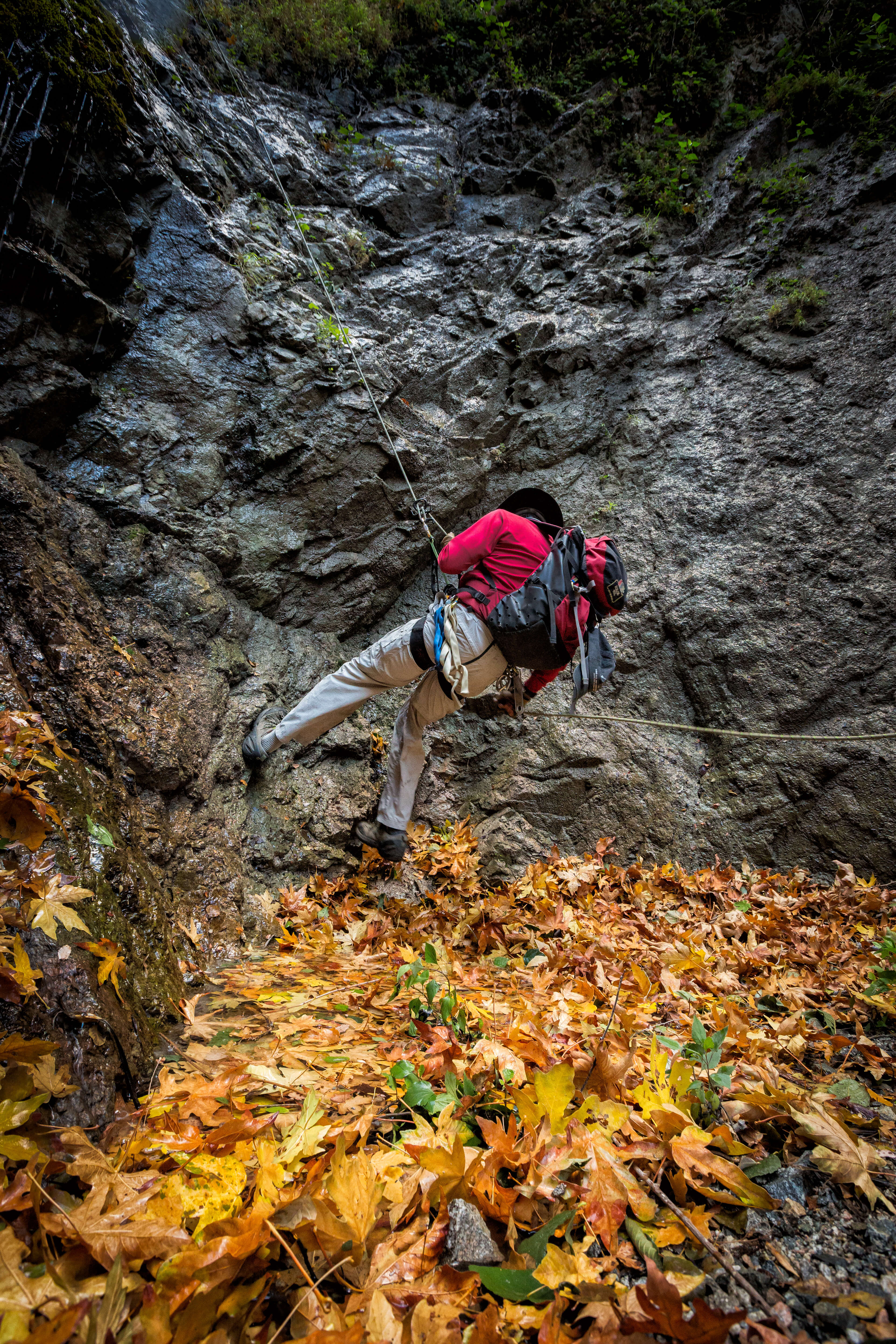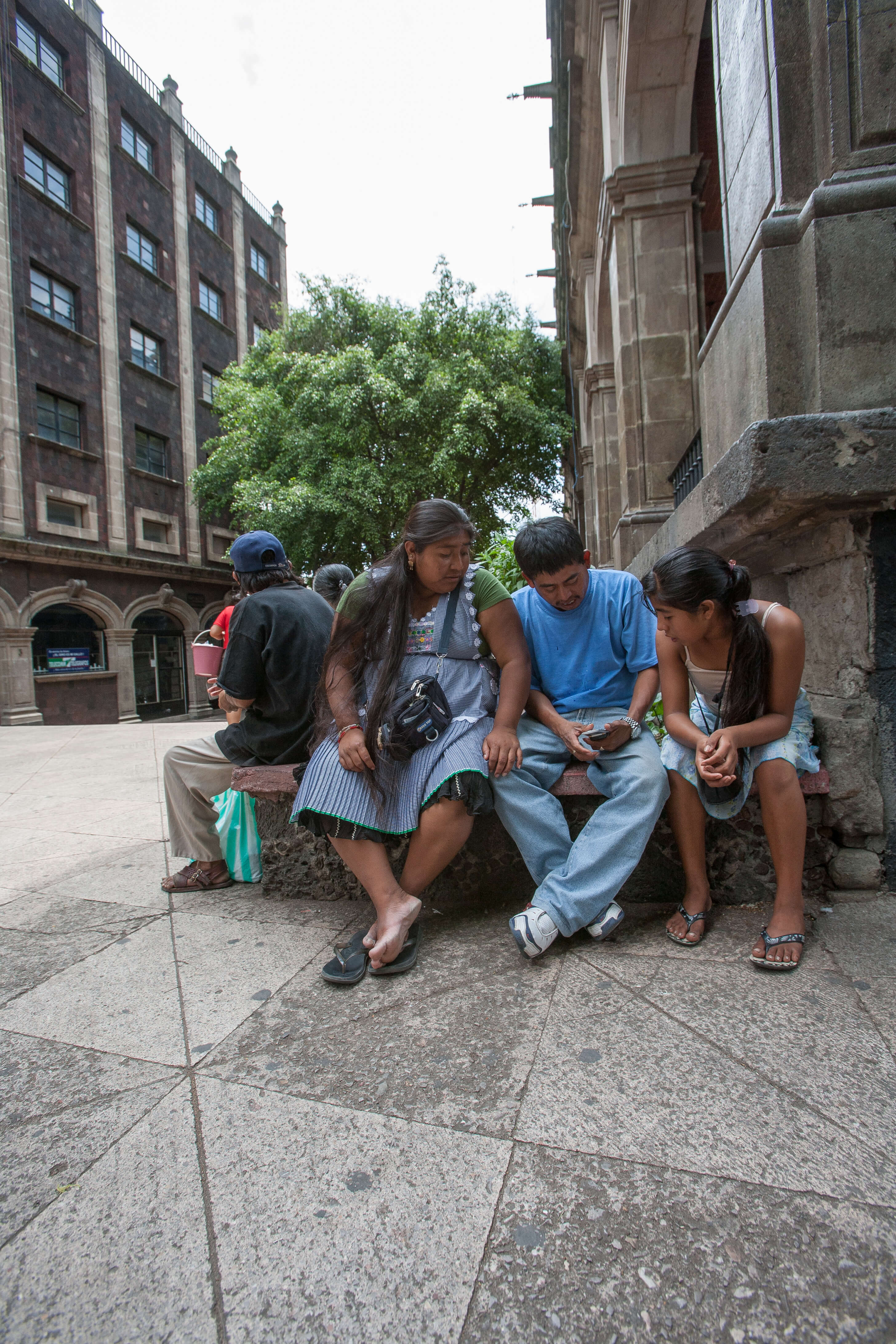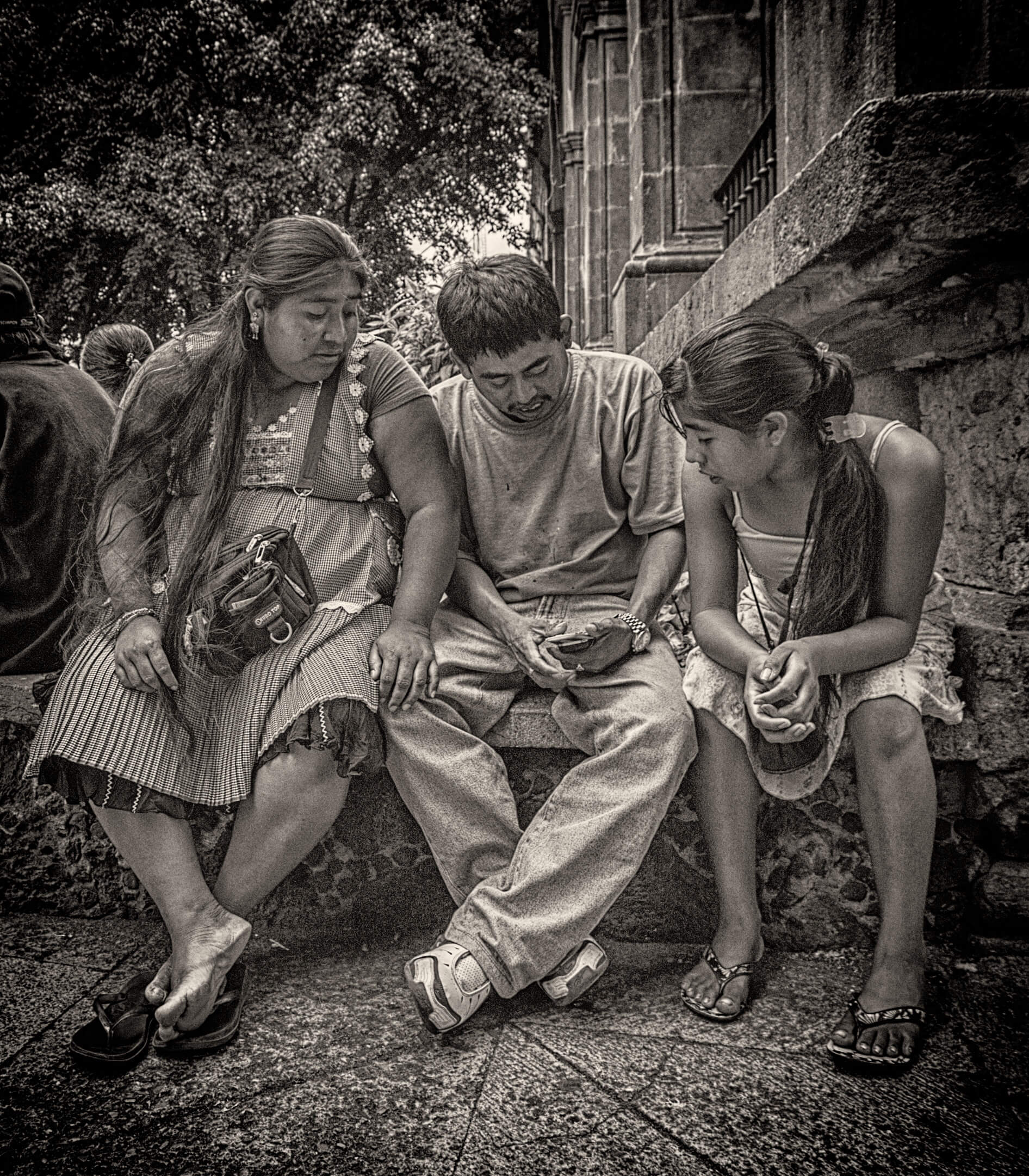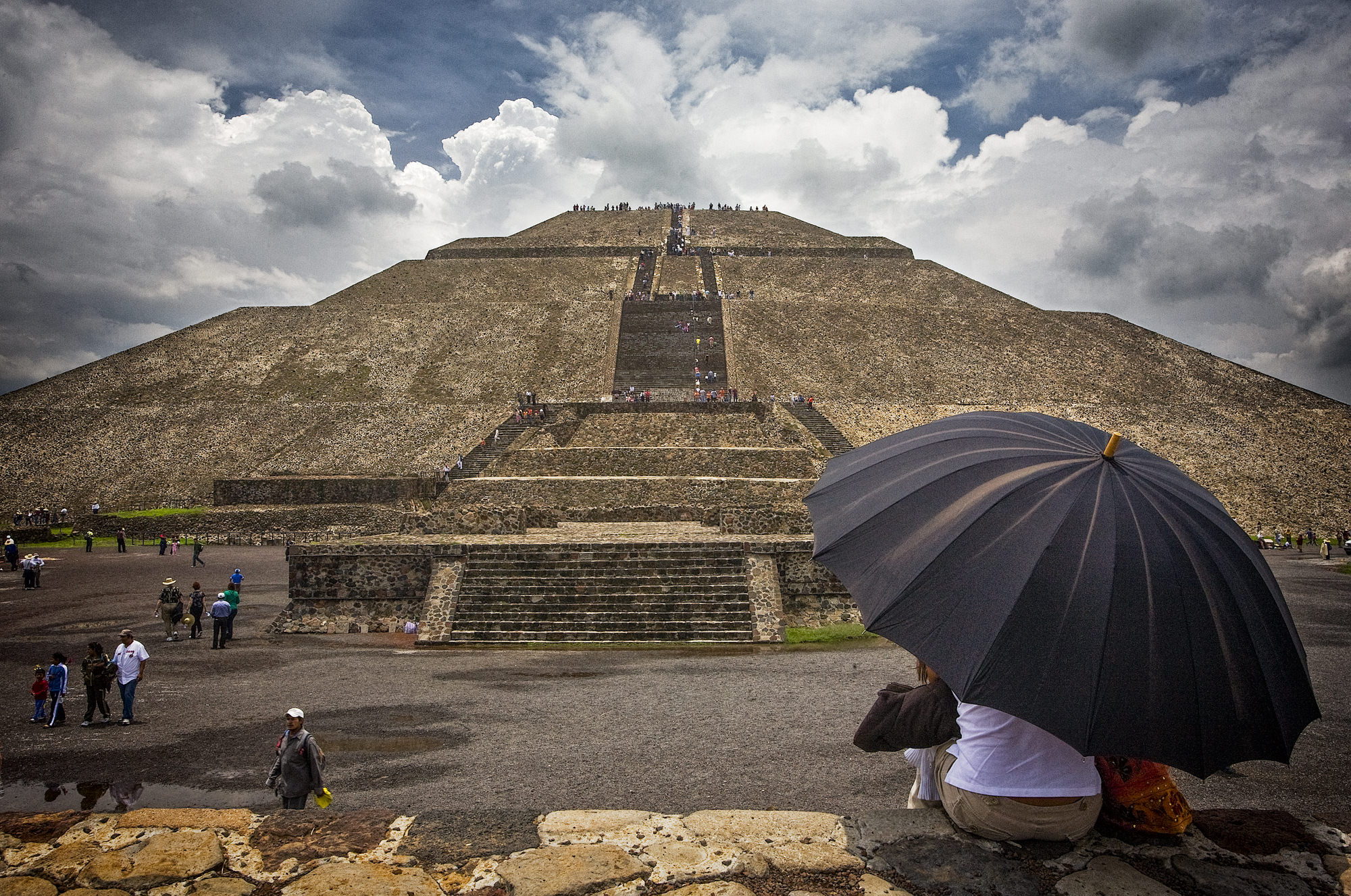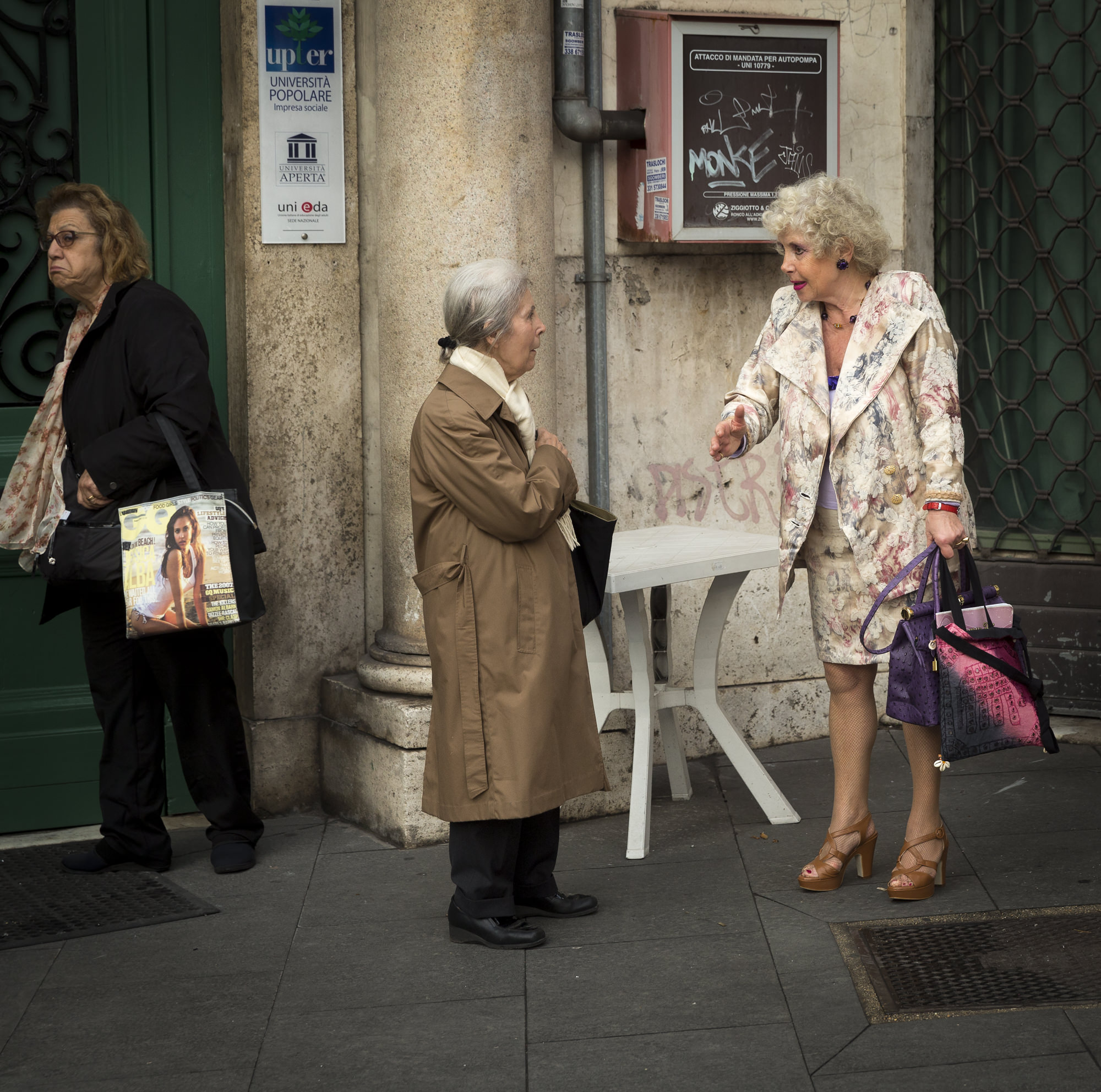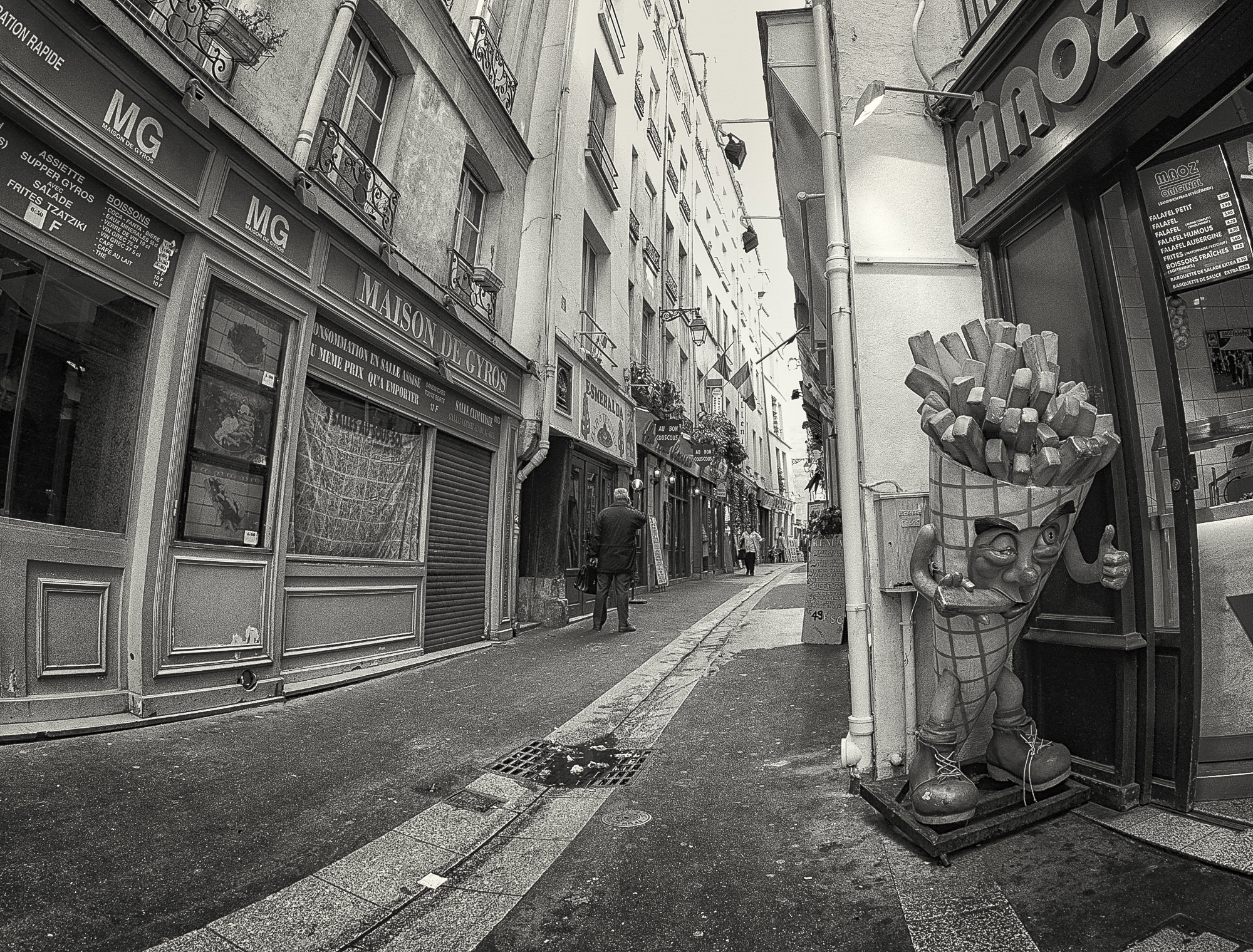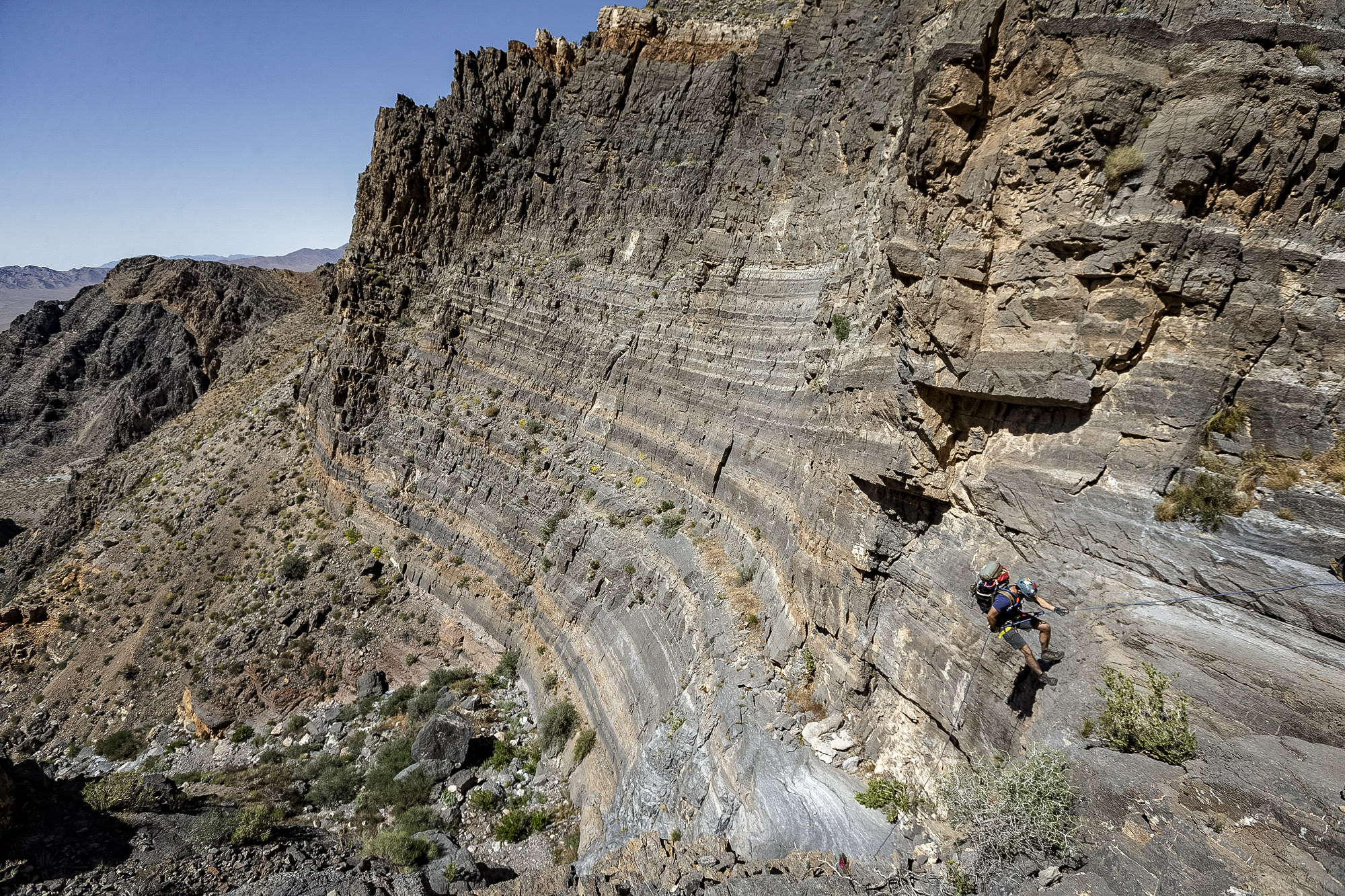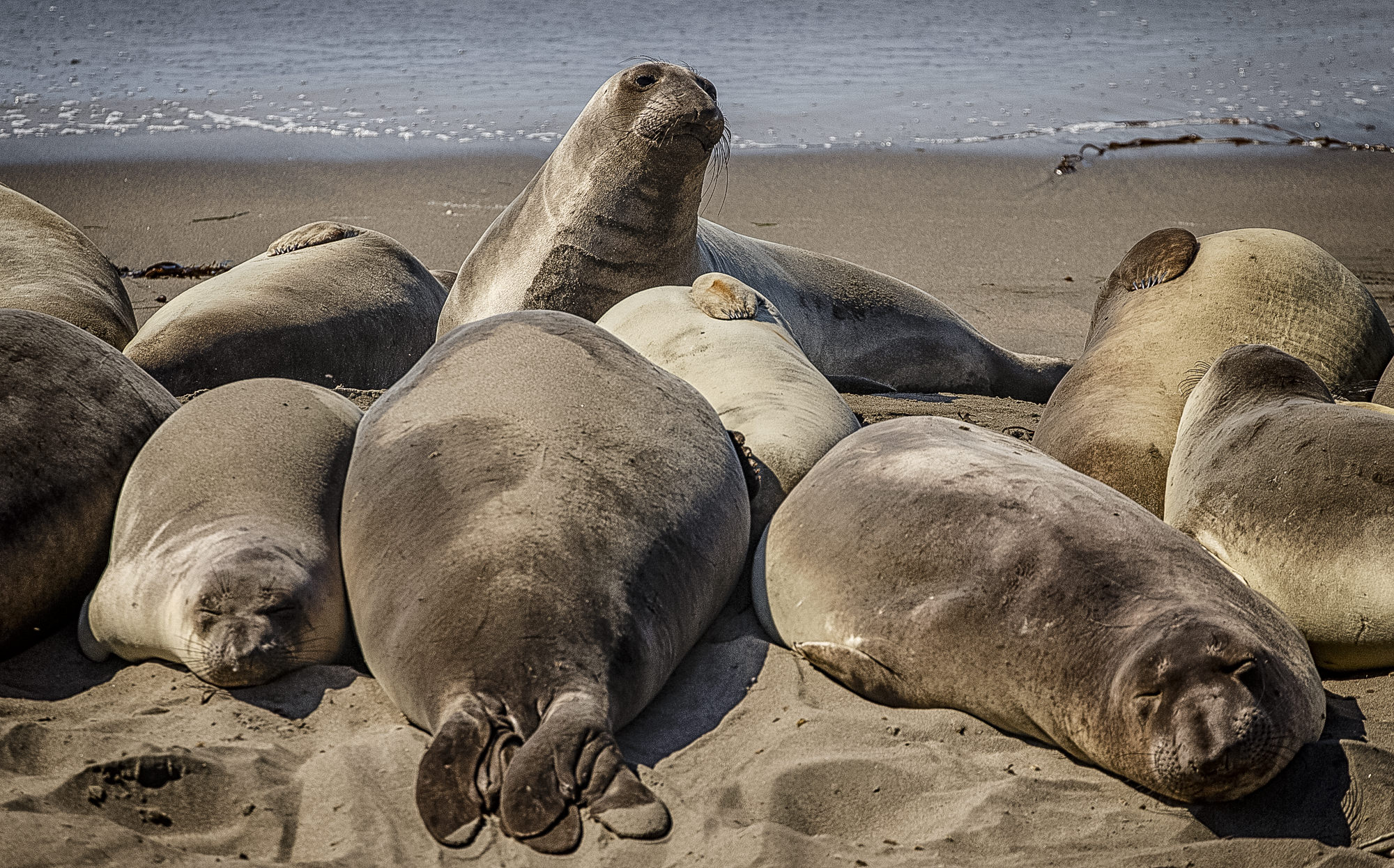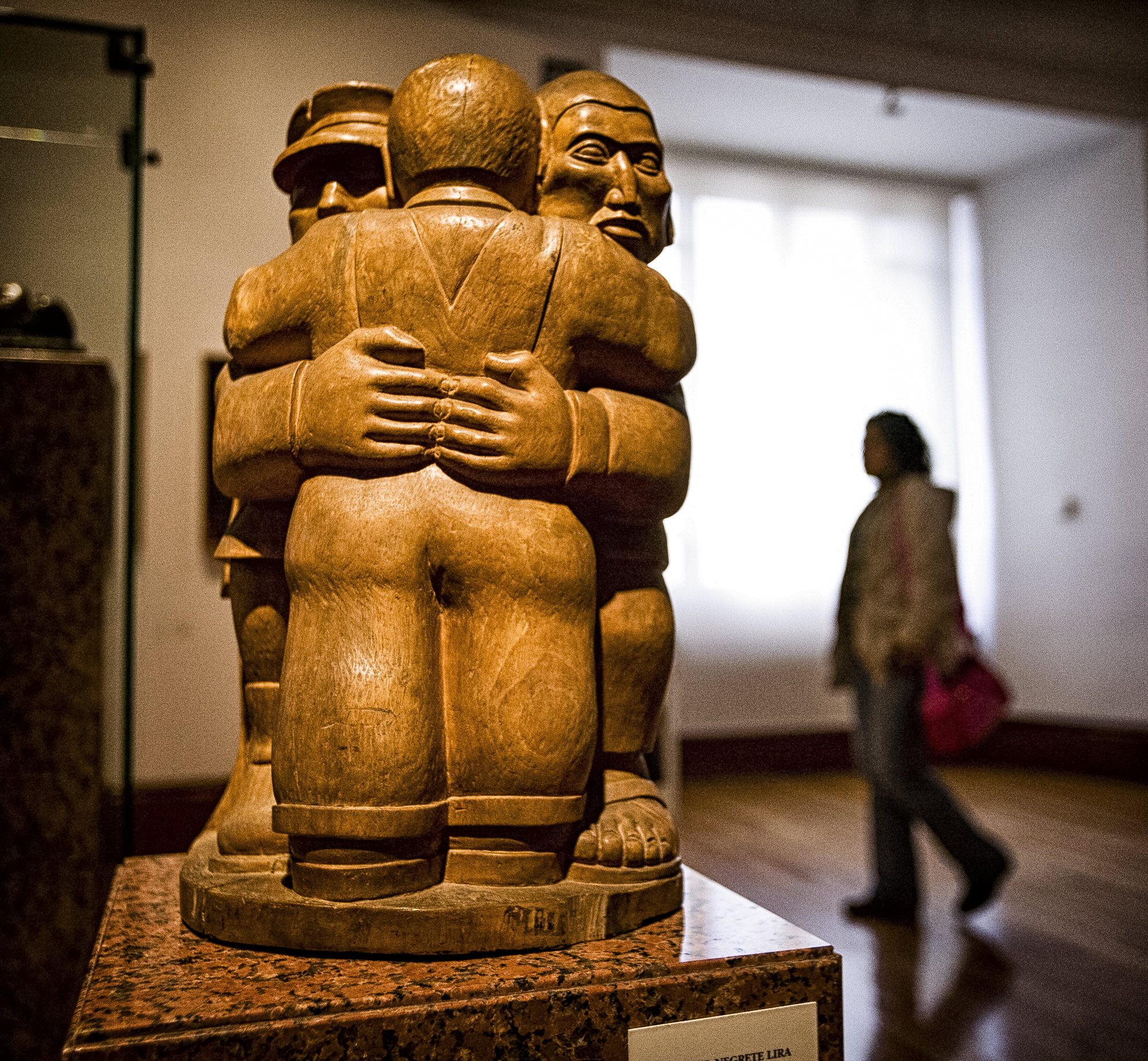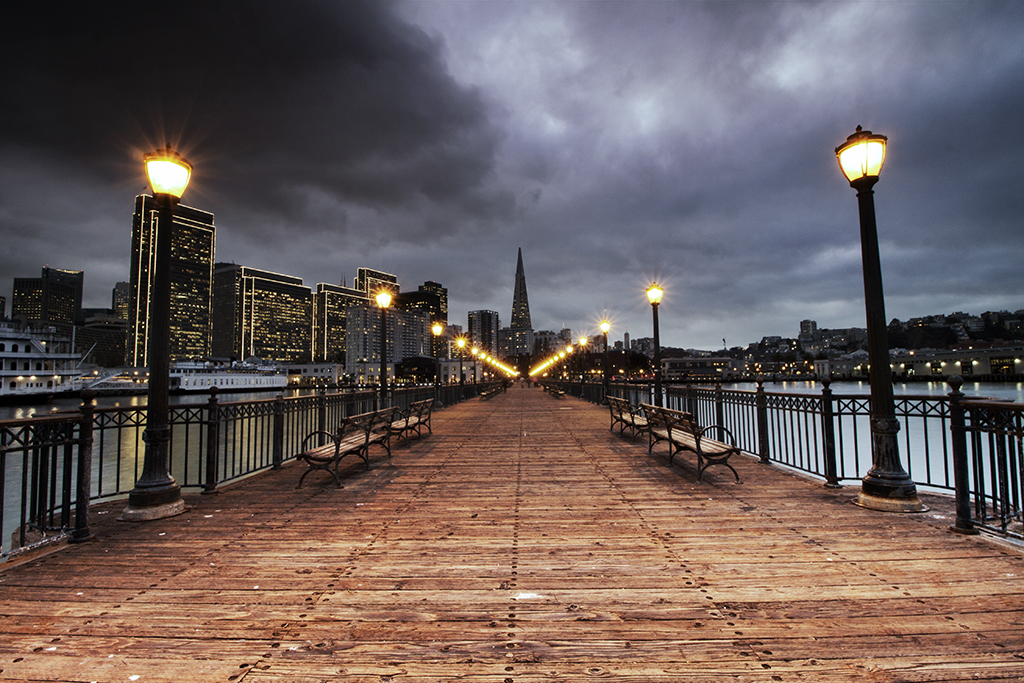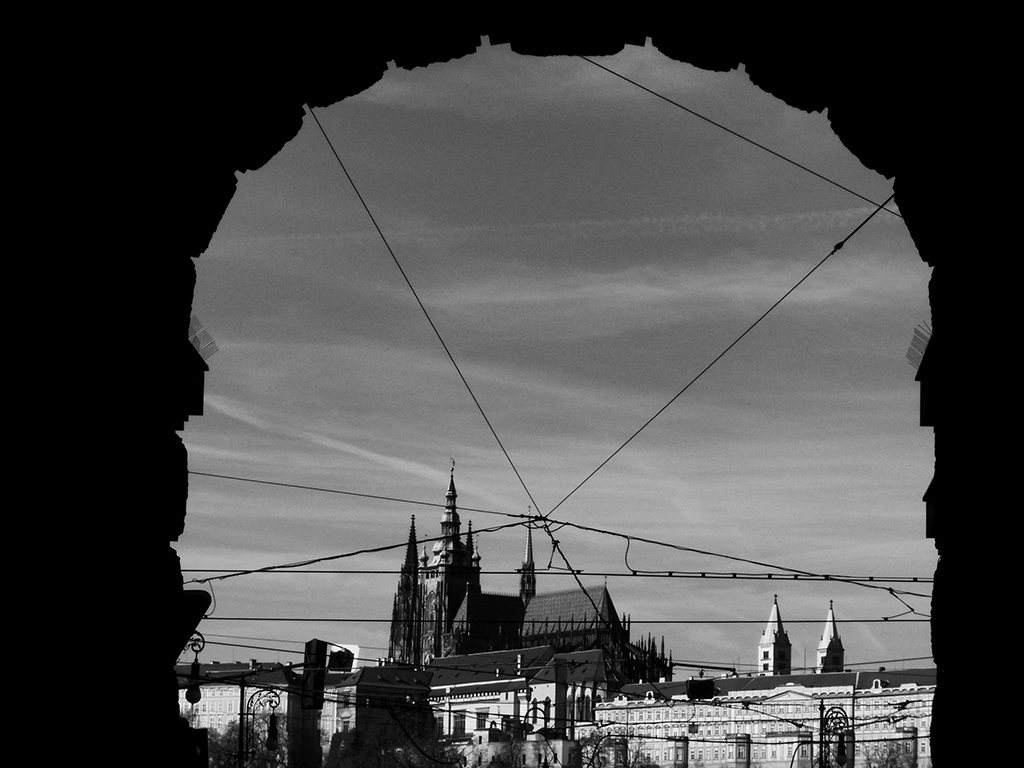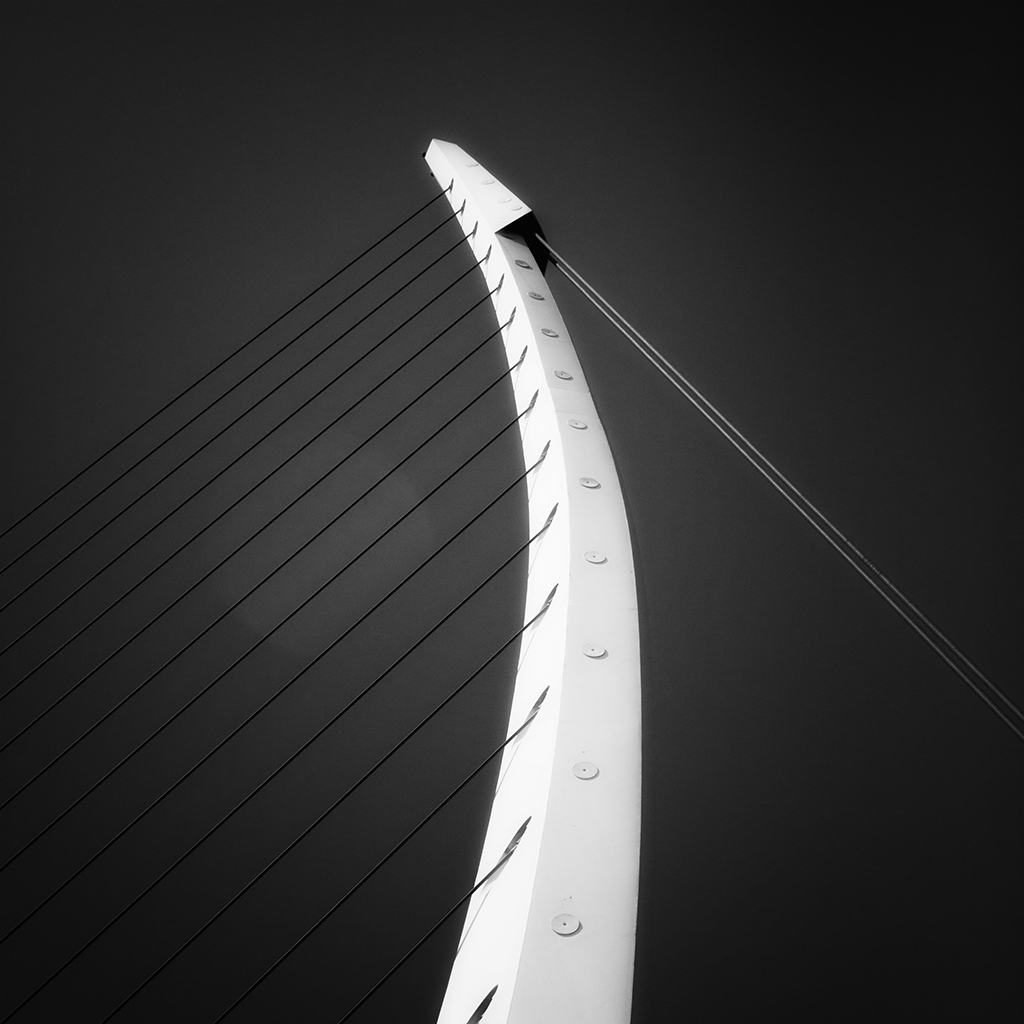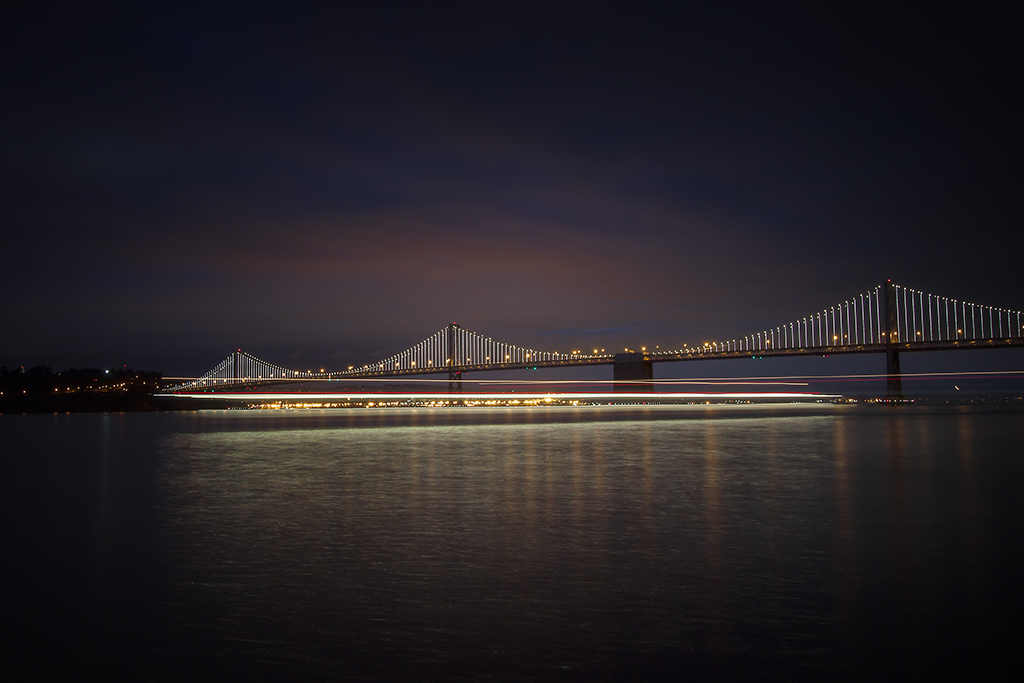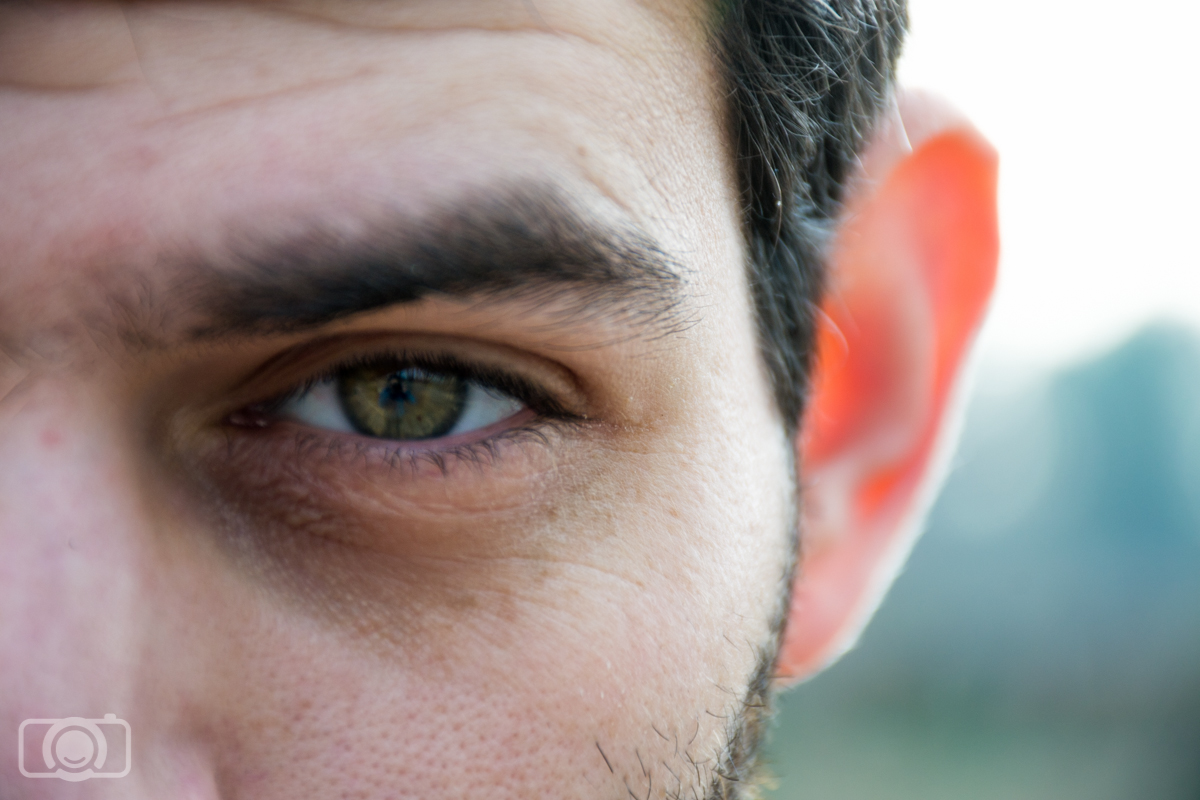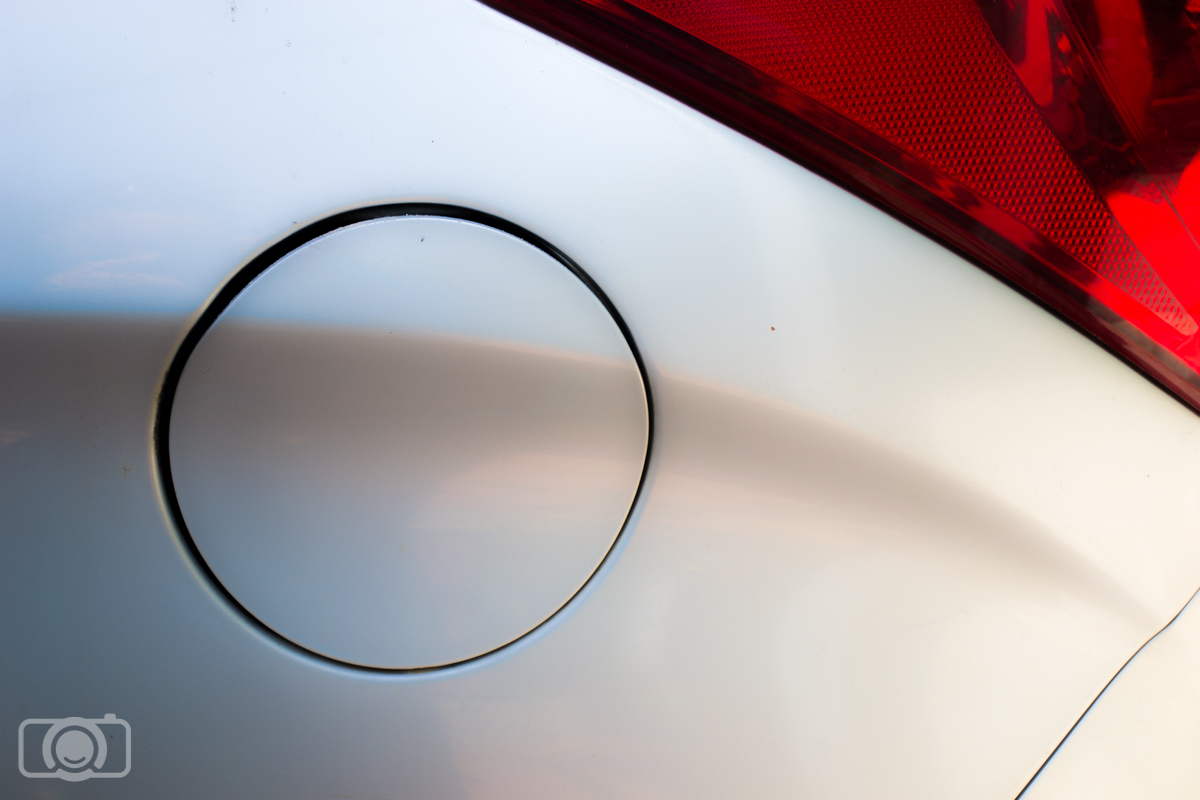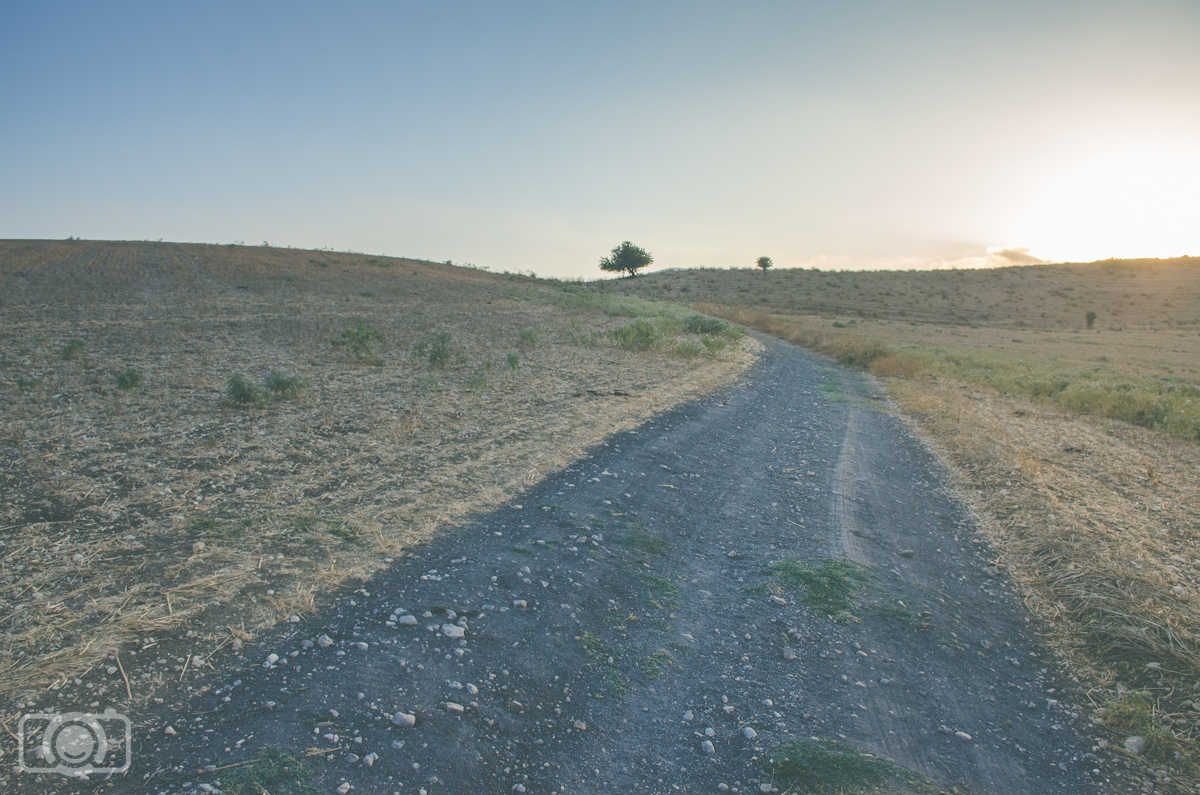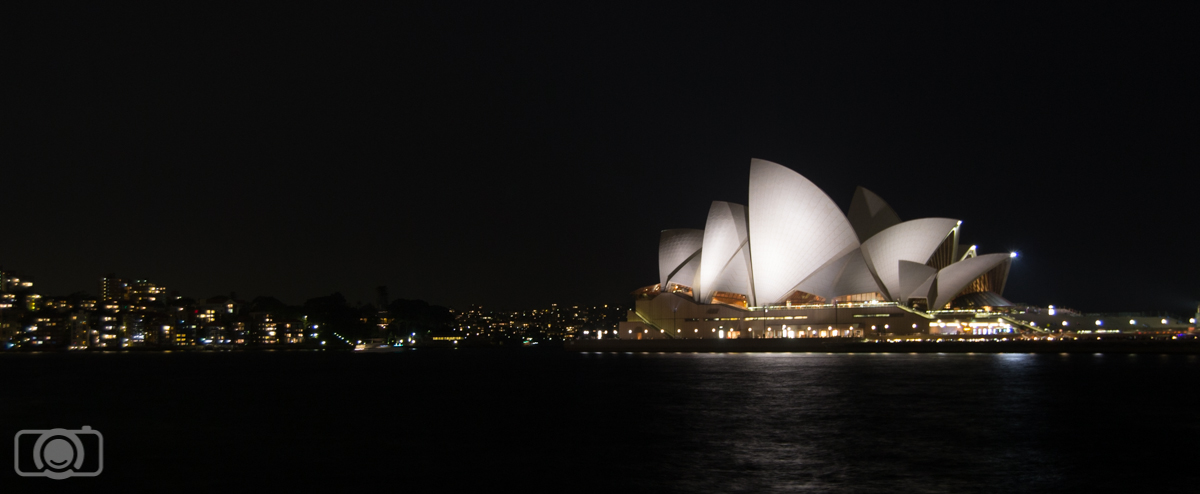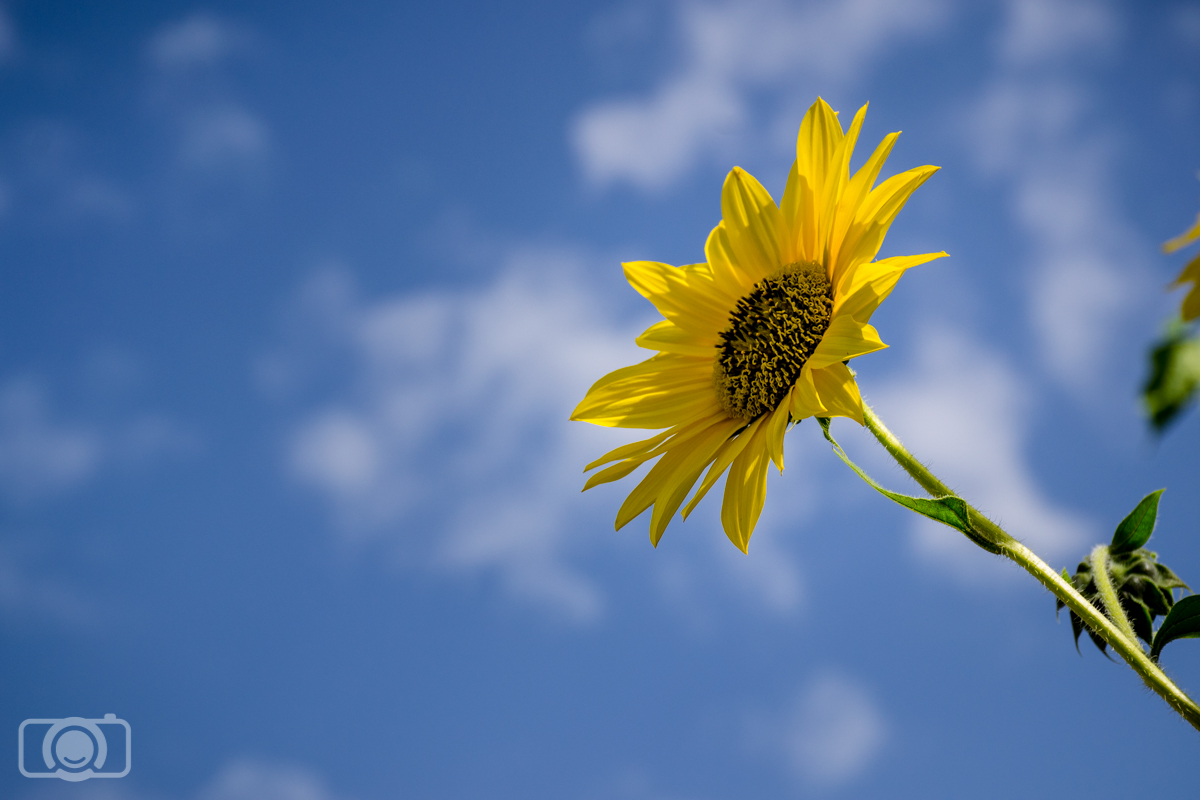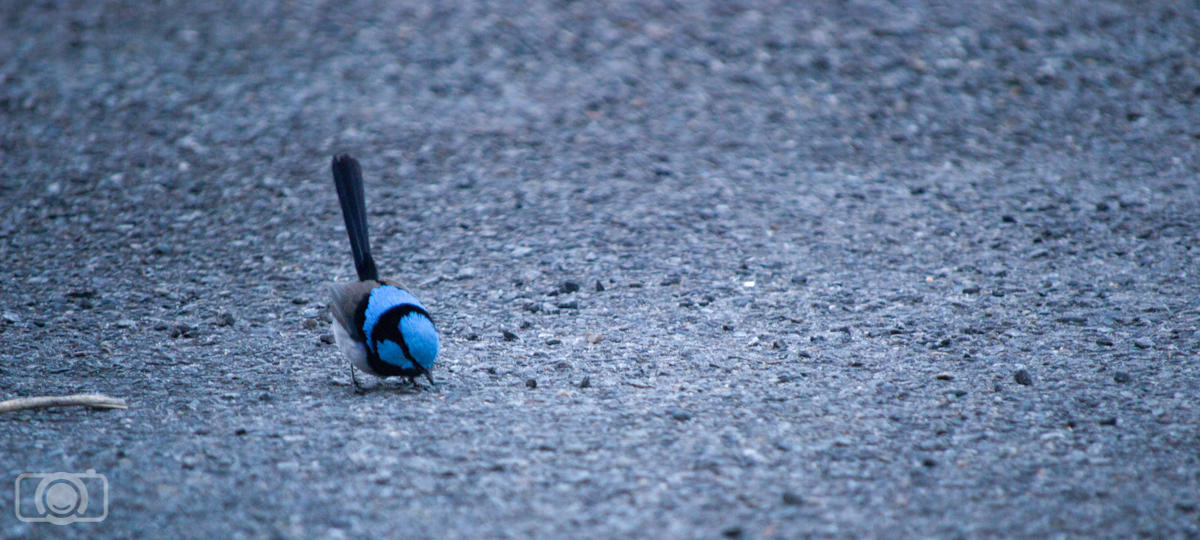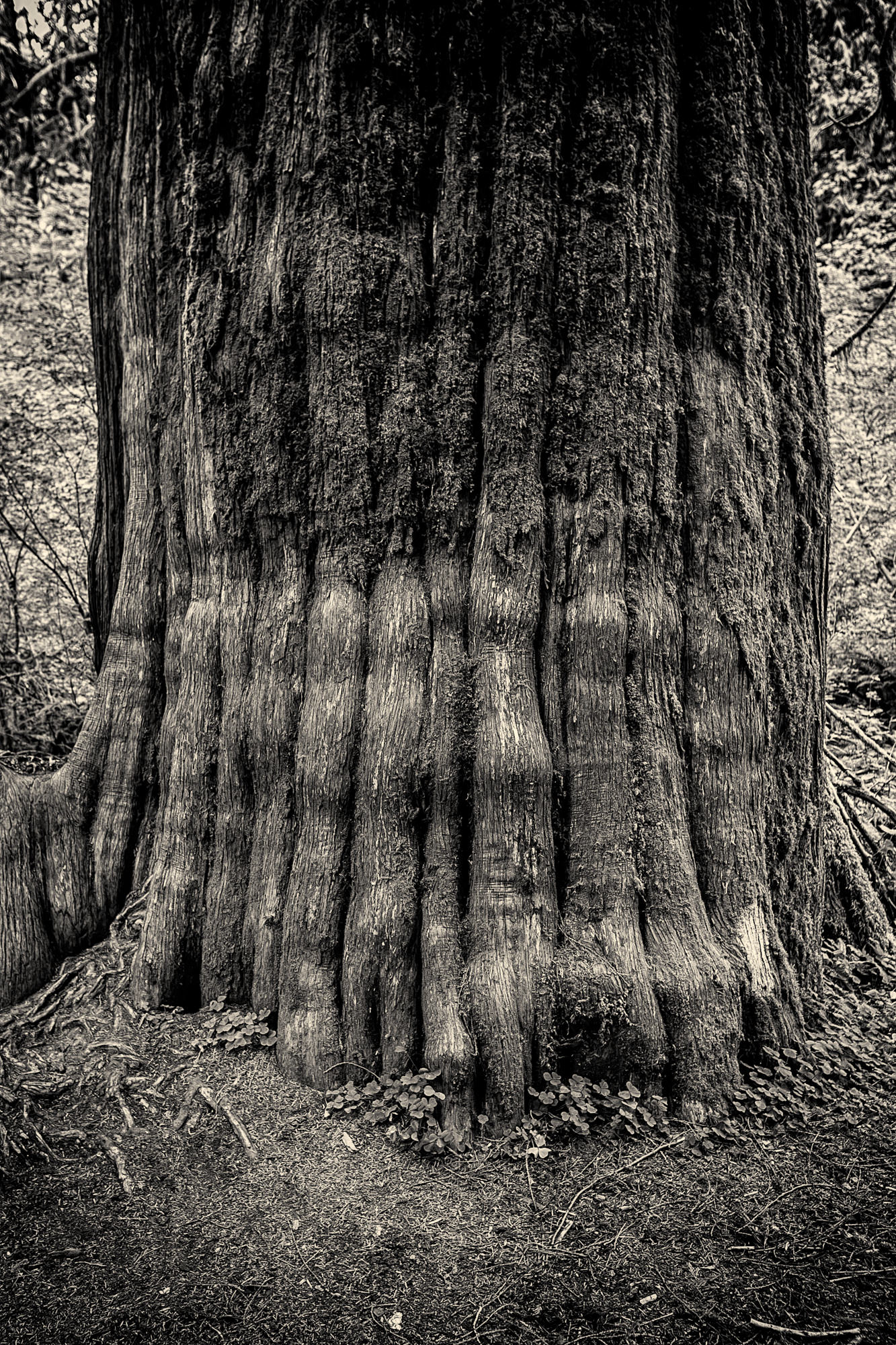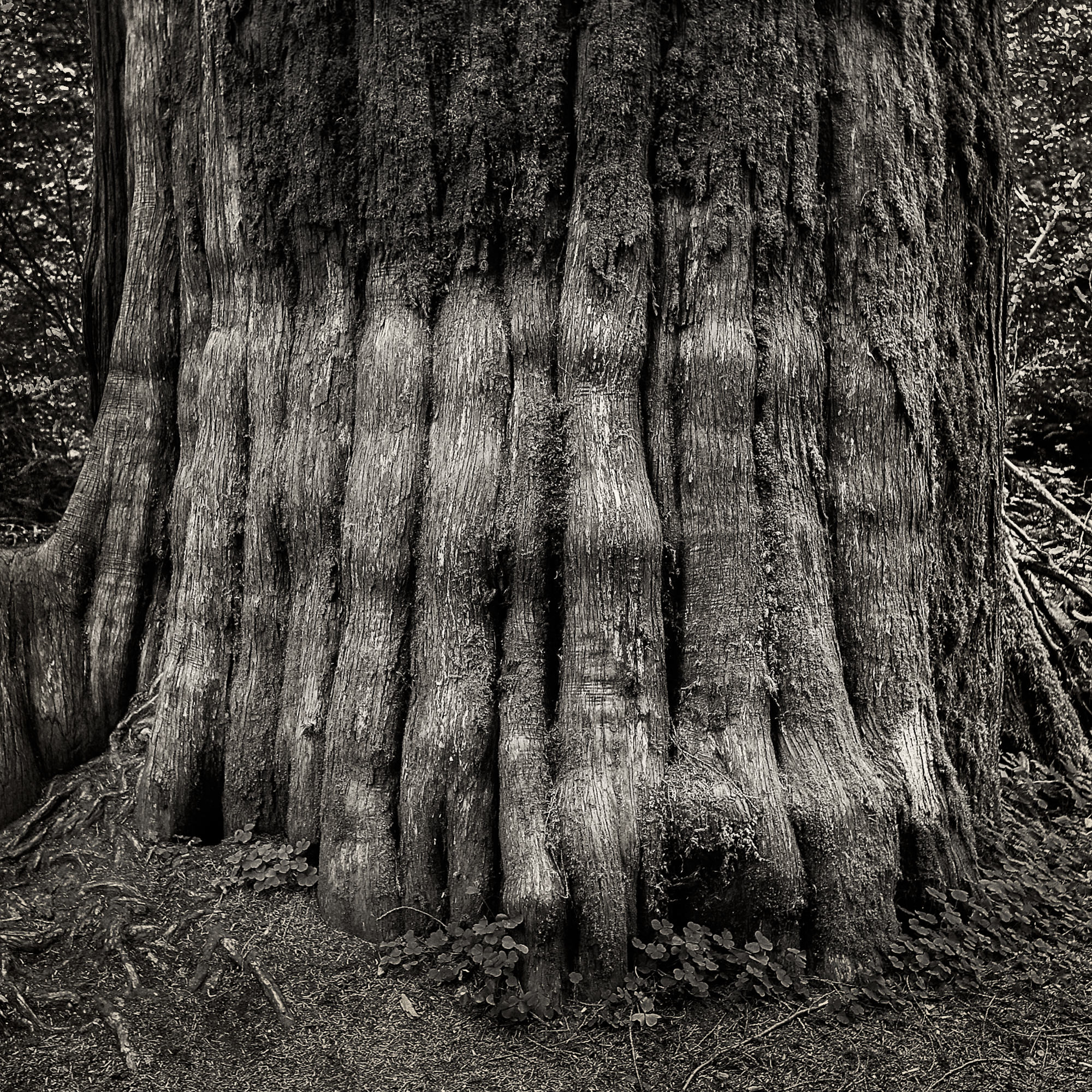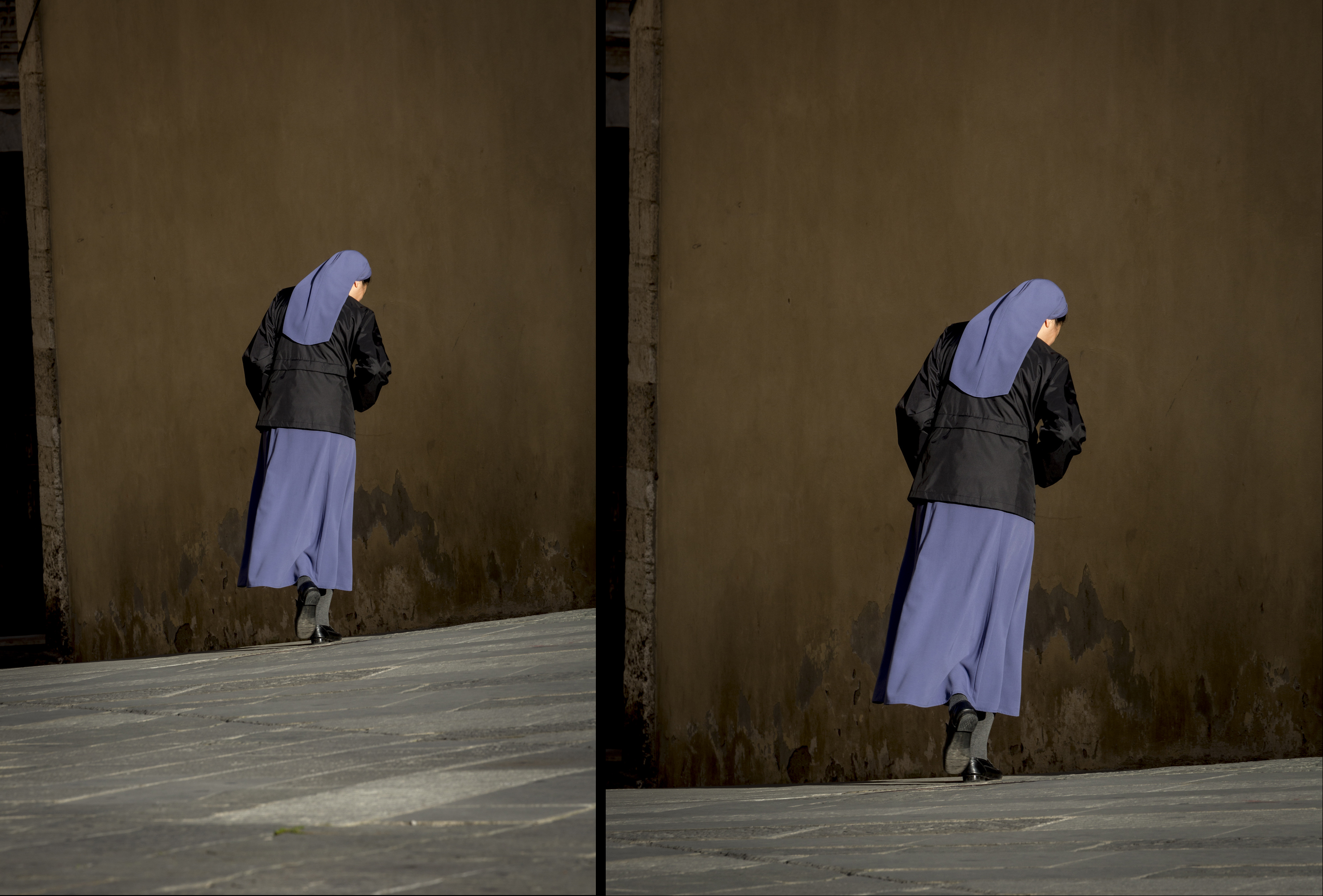When it comes to exceptional photo composition, there are many guidelines and techniques that can be used to draw the viewer’s eye to your subject. Theories of composition, like the Rule of Thirds, leading lines, balancing elements, shaping, viewpoint and framing work well when we can move the subject and change the elements of a scene to sit exactly where we want them to, but the photographer’s eye should be able to see the artistic potential in their natural surroundings.
Photographers don’t often have the opportunity to compose images outside of a studio; meaning, we don’t usually trek in props, lighting, and mass amounts of equipment when we’re out shooting remote landscapes, or even cityscapes. We have to do what we can with what we find.
Most of the time, the elements of a scene are in fixed relationships to each other. While there are many techniques to draw the viewer’s attention to your focal point, one method to focus the view point is to use framing.
Look at the above photo, for example. By using a uniquely shaped and placed tree with some low hanging branches, but not focusing on them, the scene is framed beautifully and the viewer’s eye is drawn to the bridge, which is the subject of the image.
Creative Ways to Use Natural Framing
While it may be considered one of the easier composition techniques in photography, there are advanced and creative ways to use framing to produce award winning shots. It doesn’t have to be about just placing a frame around the subject. You can use more subtle, yet effective, techniques. A successfully framed shot should not only draw the viewer’s attention to the photograph, it should add depth to the picture and place the subject in perspective of the foreground frame. Done right, it will make the photograph much more interesting and invite different reactions from the viewers.
Natural framing is a composition technique where the photographer uses a framing device like tree branches, walls, archways, hills, imposing rock faces, fences or anything in their natural surroundings to create a border or partial border around the subject of the photograph.
When framing up a shot, try to position the subject within a frame to define depth and lead the viewer’s eye to the subject – the image’s focal point. Look at the scene and take the key elements of it that have the most meaning for you, then position them in a way that creates mood and interest and draws attention.
The same scene can change dramatically when a natural frame is added. While the pond in front of the house (above) is itself picturesque, the scene’s mood changes when a frame is included in the foreground (below). The archway not only gives a sense of secrecy, but creates depth.
Natural frames can be a number of objects in any given scene. Once you start recognizing them, you will begin to see them everywhere. Doorways, windows, low hanging branches and fences are just a few objects we encounter on a daily basis, all of which can be used effectively to emphasize your photographic subject. Once you begin to use your imaginative eye to view your surroundings, you will start to see creative and artistic ways to tell your story.
How To Use Natural Framing in Photography
Why Use Natural Framing?
When done well, natural framing can add an element of cleverness and connection to your photography, effectively using the photo subject to add a compositional element, along with drawing the viewer’s eye to the central subject of your photo.
Natural framing can be both smart and creative, using elements within your subject to fill space that otherwise might be blank and uninteresting in your finished photo. The art of natural framing works best when it isn’t immediately obvious to your audience and doesn’t distract from the central image in your photograph.
8 Tips for Using Natural Framing in Photography
When it comes to using natural framing in your photography, there are a few basics you should keep in mind – we’ve listed a few below.
- Establish a connection
- Work within a theme
- Maximize depth of field
- Employ focus stacking
- Frame with color and more
- Get moving
- Don’t be afraid to experiment
- Let your framing match the subject
1. Establish a connection
Natural framing can be incredibly powerful when there is a direct connection between the framing element and the central image. For example, when shooting images of a mountain range, you might find that the sky surrounding the mountains lacks interest. In that case, you can look for surrounding tree limbs that could be used to block out the sky and frame the mountains. Because trees and mountains have a natural and intuitive connection, the trees don’t distract from or compete with the central mountain image. They simply provide balance and help disguise a visually uninteresting sky.
2. Work within a theme
Some of the best natural framing occurs when there is a visual theme that both the framing image and the central image adhere to. You might snap an image of a country road through the frame of a covered bridge, for example – the rustic, rural theme ties both elements together. A harbor scene shot through a porthole is another good framing example, with the nautical elements tying everything together.
3. Maximize depth of field
Maximizing your depth of field can help provide the sense that your viewer is actually looking through the frame you’ve created. Getting as close as possible to your foreground interest can increase the sense of depth in your photo by appearing more out of focus than your central subject. In addition, using a wider aperture can help achieve similar results. Each situation and each subject are different, though, so it’s important to experiment with different aperture values until you get the result you’re aiming for. You can also check out some online photography courses to help you get more familiar with adjusting your aperture settings for certain effects.
When using natural framing in your photography, you can maximize the depth of field when your subject is close to your lens by using your camera’s hyperfocal setting. The simple physics associated with your lens insists that from the point of focus, as the lens is stopped down, a given focus amount will fall in front of that point and a given focus amount will fall behind the same point. A simple smartphone hyperfocal app can help you set your lens to a specific distance based on its focal length, your sensor size, the aperture you’re working with, and how far away from the front element your central subject is positioned.
4. Employ focus stacking
With focus stacking, you’ll take several images of the same subject, focused at various distances. You then can use specialized software to blend those images into one final version. Sometimes, you might want your framing element to be sharply in focus, while at other times, you can better reach your desired effect by having your framing element out of focus. Snapping the photo both ways and other focus options allow you to play with the final effect you’d like to achieve.
5. Frame with color and more
Keep in mind that framing doesn’t have to be limited to real-life objects and recognizable shapes. You also can frame with color, texture, brightness, contrast, and more – anything that provides a tangible border around your central subject so that the eye is drawn to it as it separates from the background of your photo. A good example is adding a backlight that creates a ring, or halo, around your central subject, instantly framing them.
In general, the viewer’s eyes will be drawn to the brightest object in the photo frame, so keeping this in mind can help you use light to frame your subject. In addition, you can flip that paradigm and use a silhouette against a white background for effective framing. You might find some other good options by using Lightroom presets in your photo editing.
6. Get moving
Be careful not to lock yourself into a static position as you shoot your photos. Sometimes even the slightest movement of your feet, your upper body, or just your camera can make a big difference to your framing. In addition, moving can provide a different or unexpected perspective that can really bring your photo subject to life. Moving around your subject and experimenting with various placements and types of natural framing can be a great way to practice your natural framing techniques and continue to hone your craft.
7. Don’t be afraid to experiment
It can be difficult, but try not to be too rigid in your approach to natural framing. Try something new, and don’t get disheartened when some of your experiments don’t work out. That’s the whole point of experimenting – to separate what doesn’t work from what does. For example, try taking photos where you frame all four sides of your hero image, plus some with only three or even two sides framed. Try to exhaust all possibilities while you’re snapping photos so that you have a lot to work with once you start editing. You might even play with images in which the central subject is framed, and that frame exists within another frame. Your possibilities are nearly endless.
Most of all, you have to realize that good natural framing takes practice – lots of it. Engage your family and friends in helping you practice, and take tons of photos trying everything you can think of. You may only get a few usable images at first, but you’ll get better every time you shoot if you stick with it and are intentional about honing your techniques. This is especially important if you’re just learning how to become a freelance photographer.
8. Let your framing match the subject
Above all, good photography tells a compelling story – as you snap photos, make sure to keep in mind the ultimate story and effect you want to see. For example, if you’re capturing intimate images, you’ll probably want to use a tighter frame, while photos that convey freedom and open spaces will likely be more effective with a wide open frame. You are in complete control of what your viewer sees in your final image, so never forget that.
Things to Remember When Framing
There are a couple key points to remember when using the technique:
- A frame in the foreground of a picture adds point of view. It tells the viewer a story through the perspective of the photographer. Since framing guides the eye to the subject, the technique can be used to draw the viewer’s focus inside the photograph and keep it there.
- The frame doesn’t need to be sharply focused, in fact, it is almost better for the image if it is out of focus or under-exposed since a detailed frame can be distracting. Remember, you want the focus to be on the subject.
Intelligent composition is key in the creation of a captivating shot. The use of natural framing can be tricky, but if done right, your picture can benefit greatly. A beautifully framed shot gives the photo context, defines a third dimension of depth, and gently guides the eye into the subject in the picture.
Use good judgement when framing a shot, keeping in mind that not every foreground element frames a subject and not every subject is complemented by a frame.

